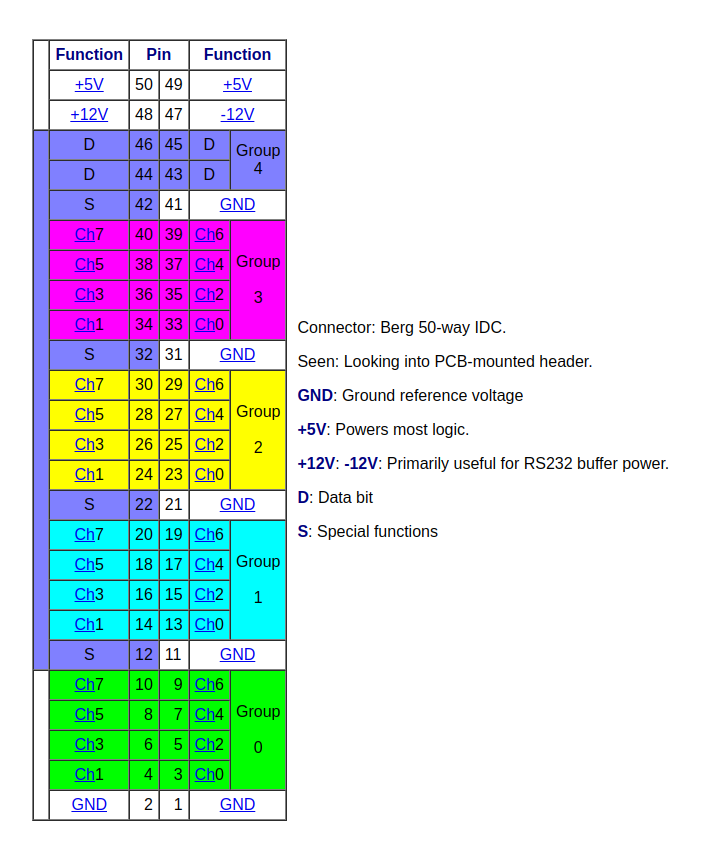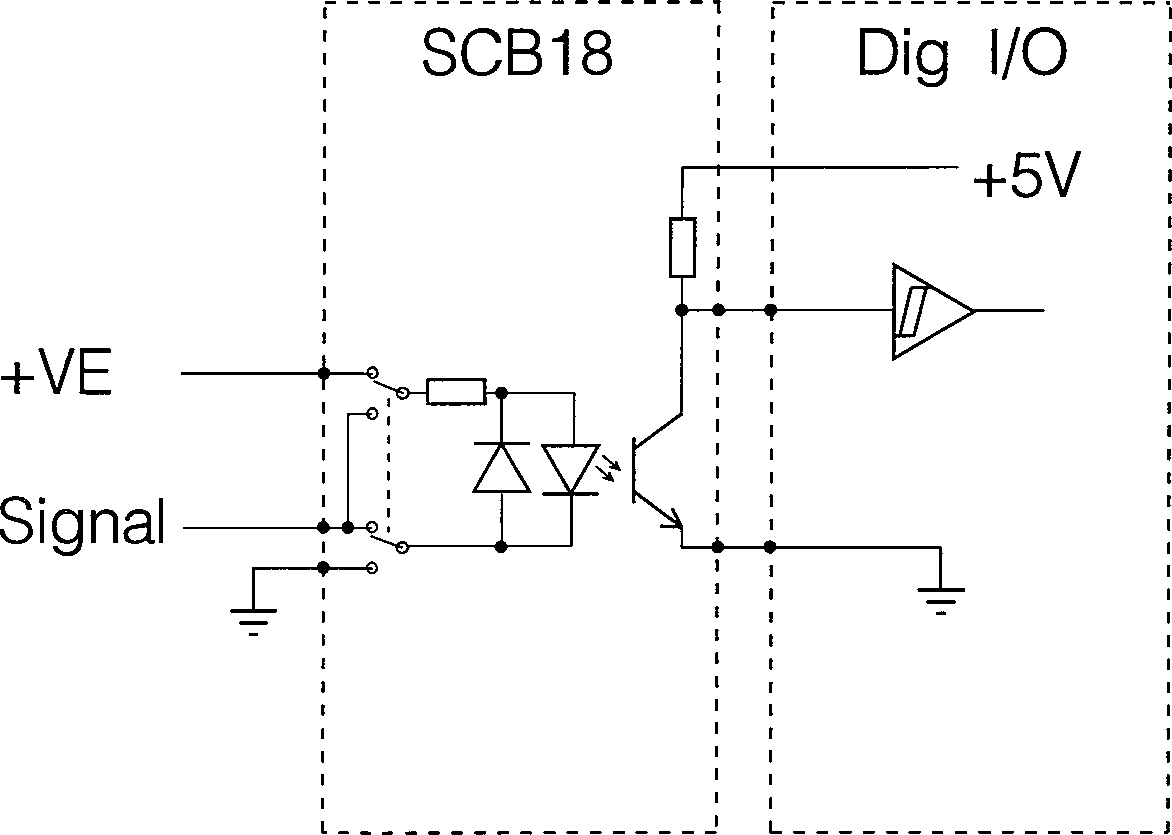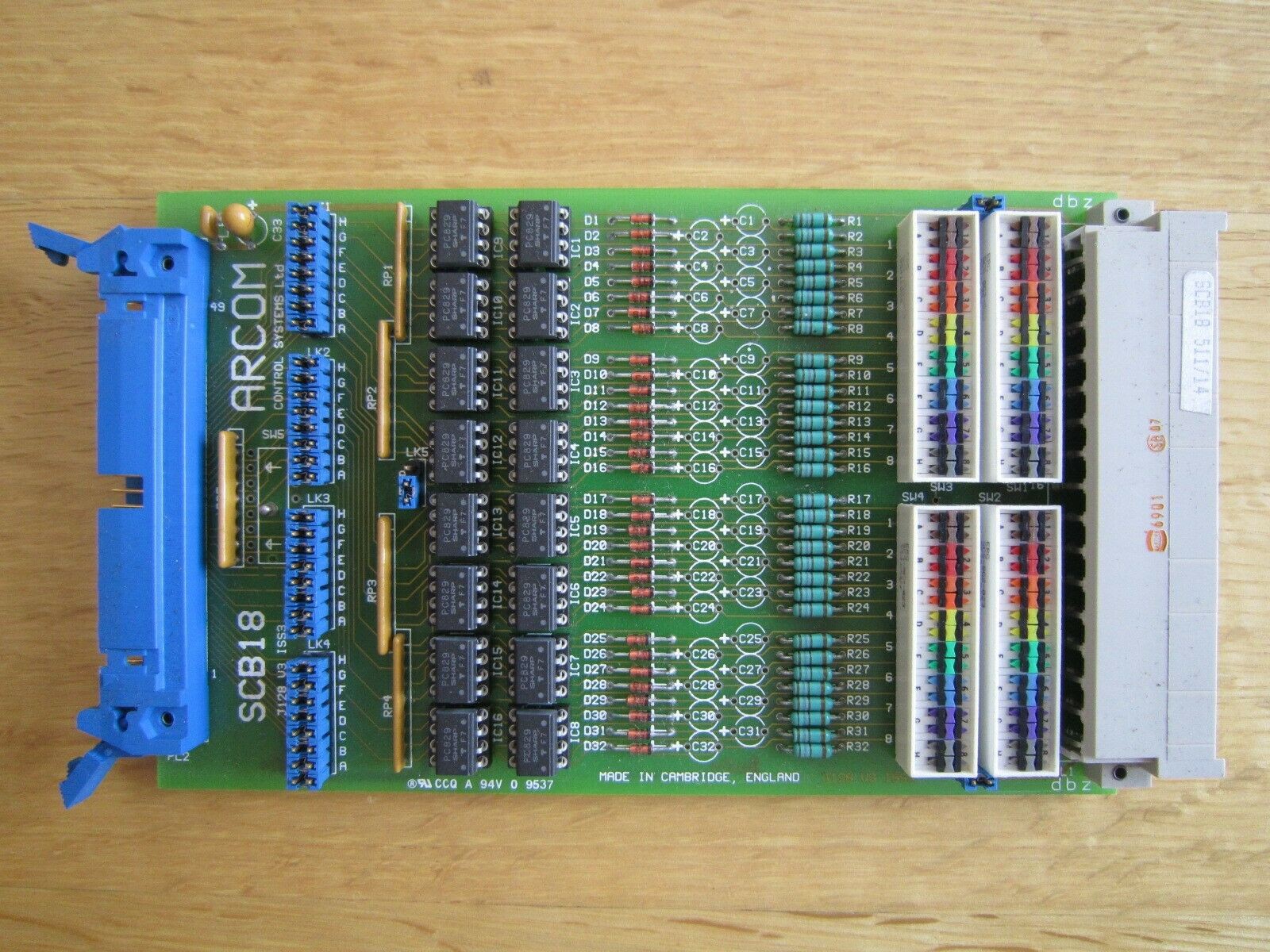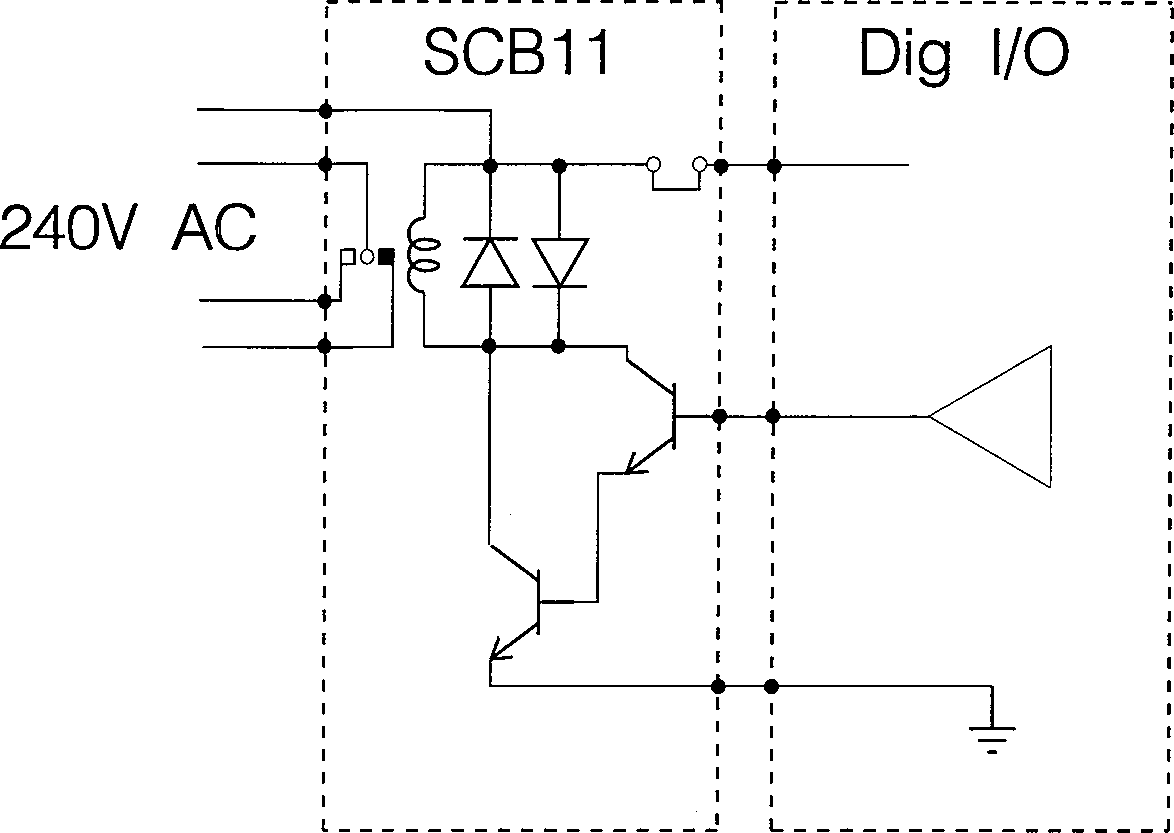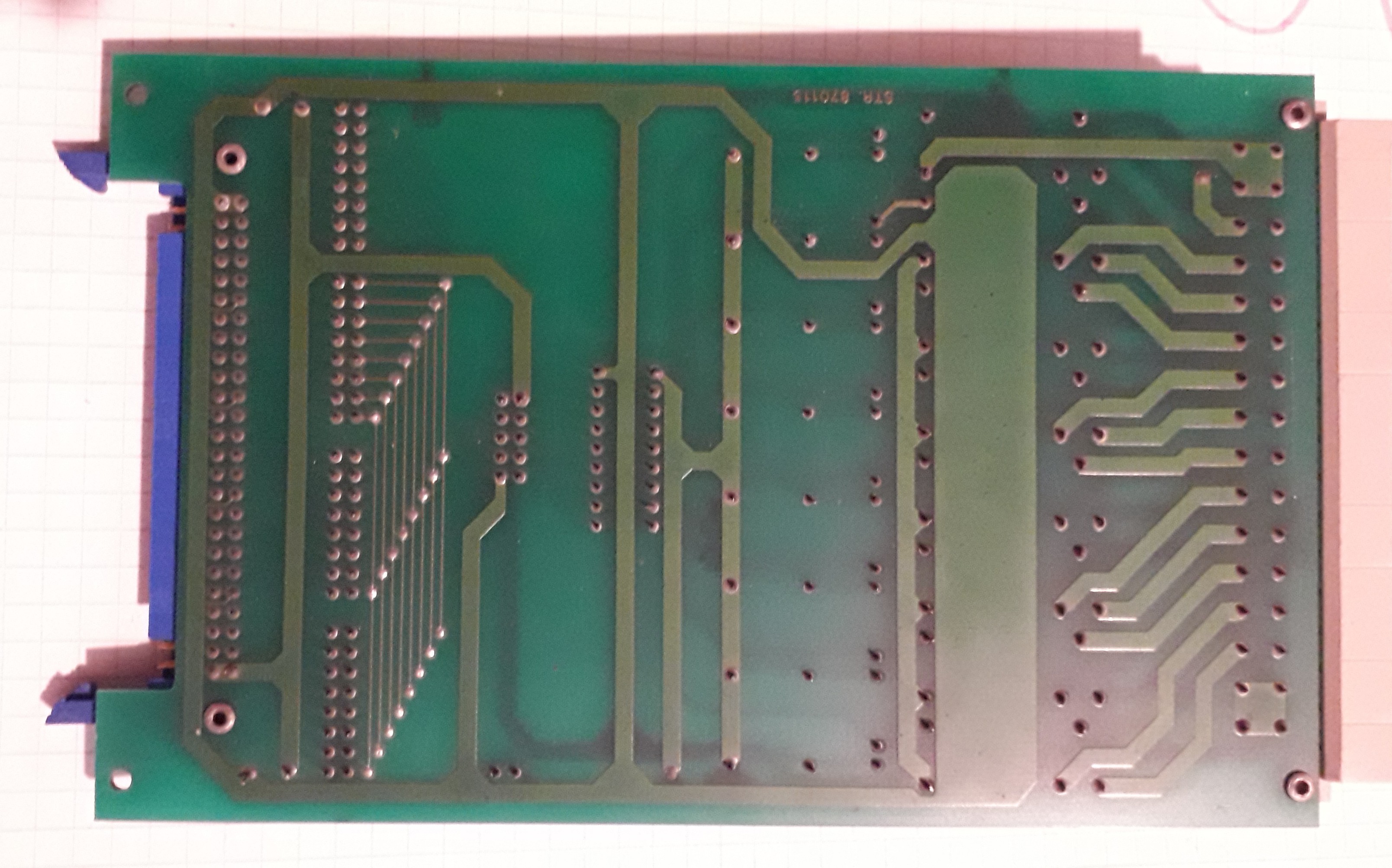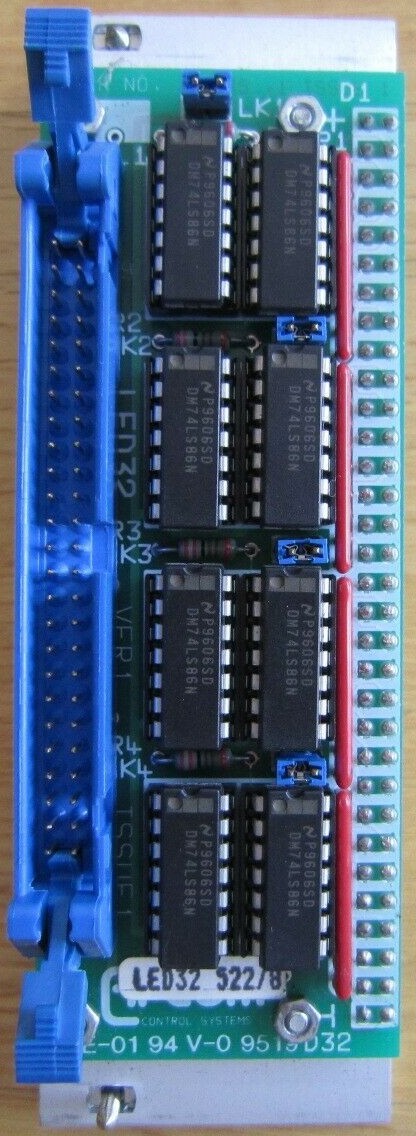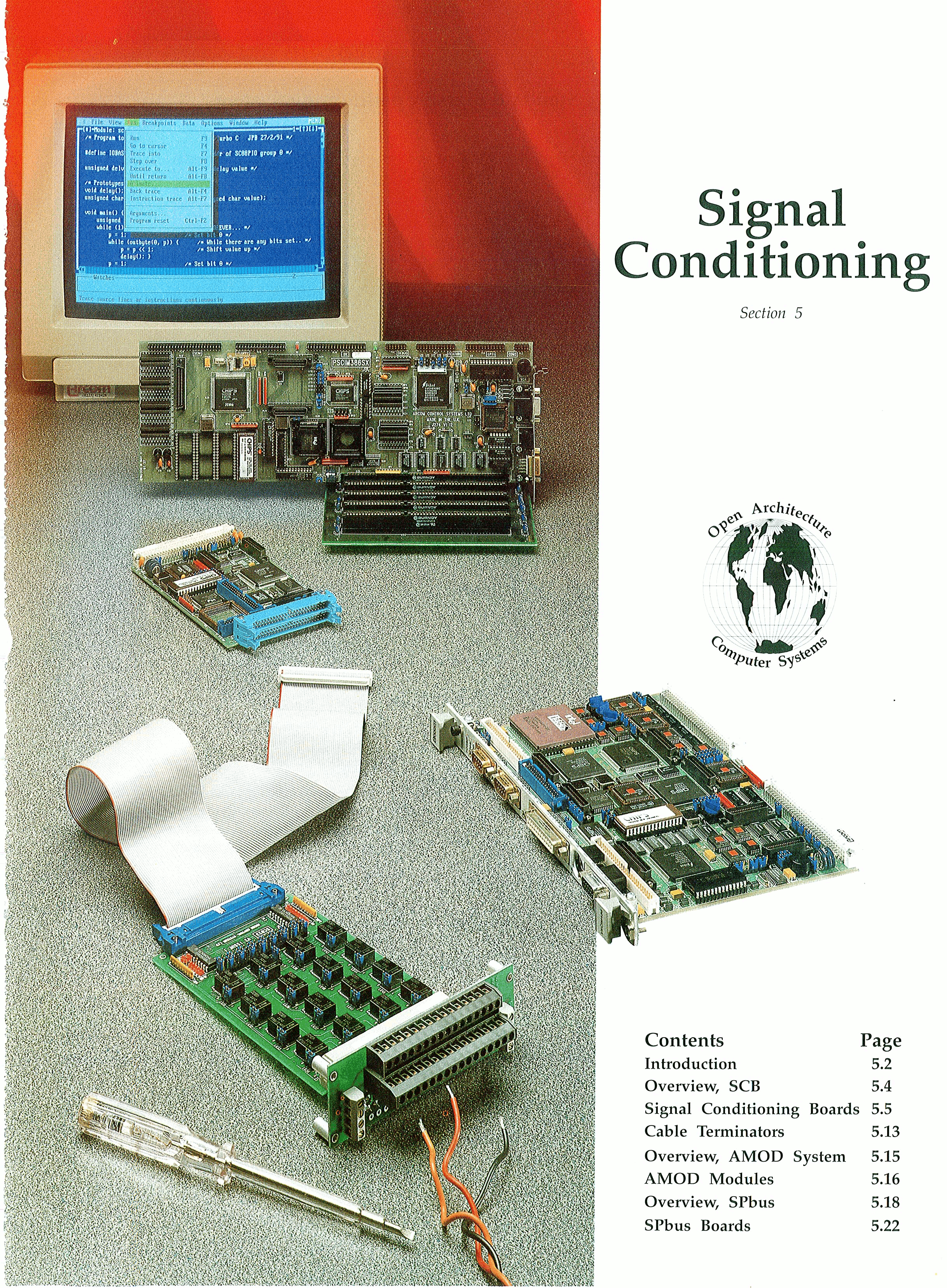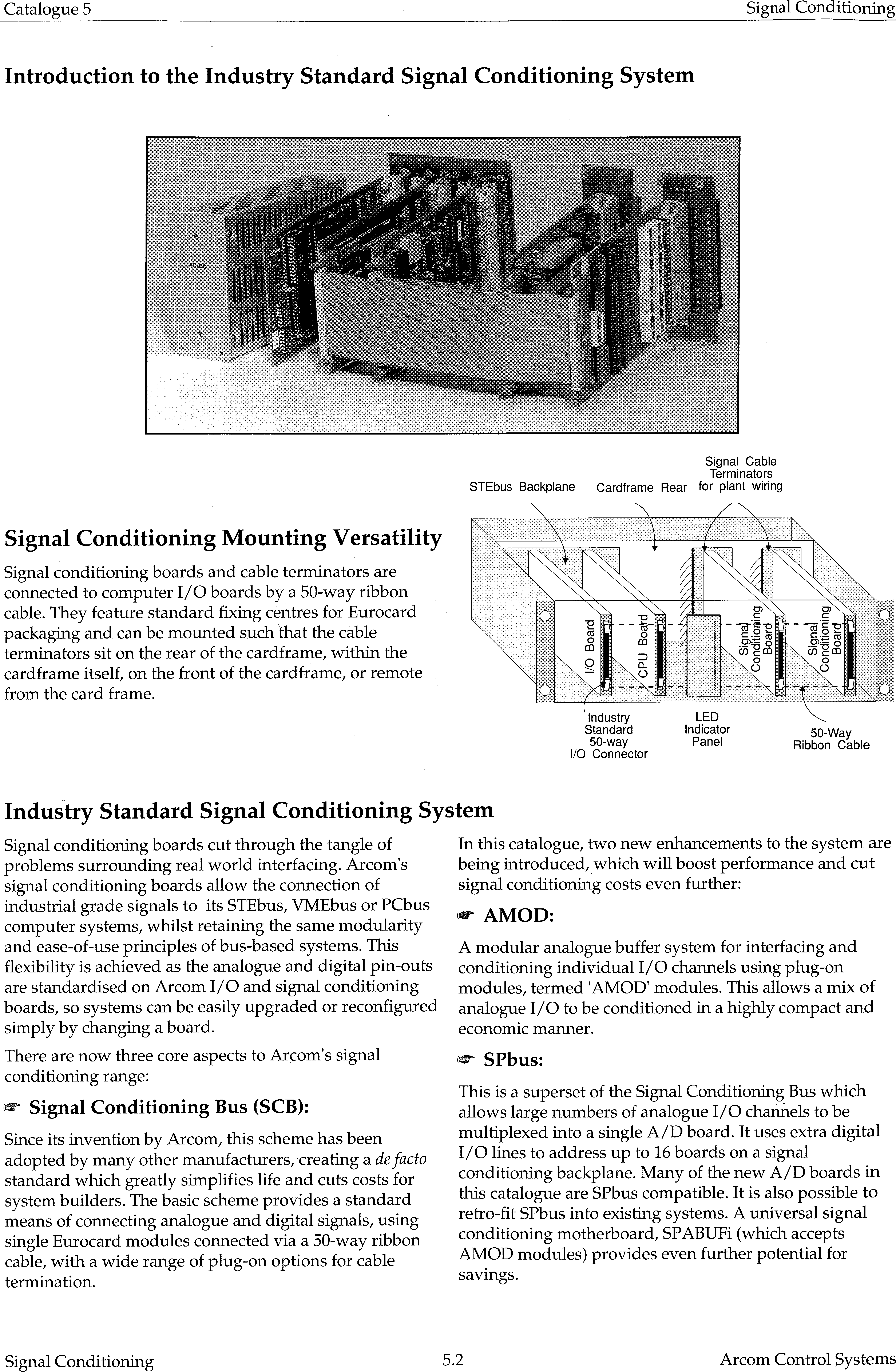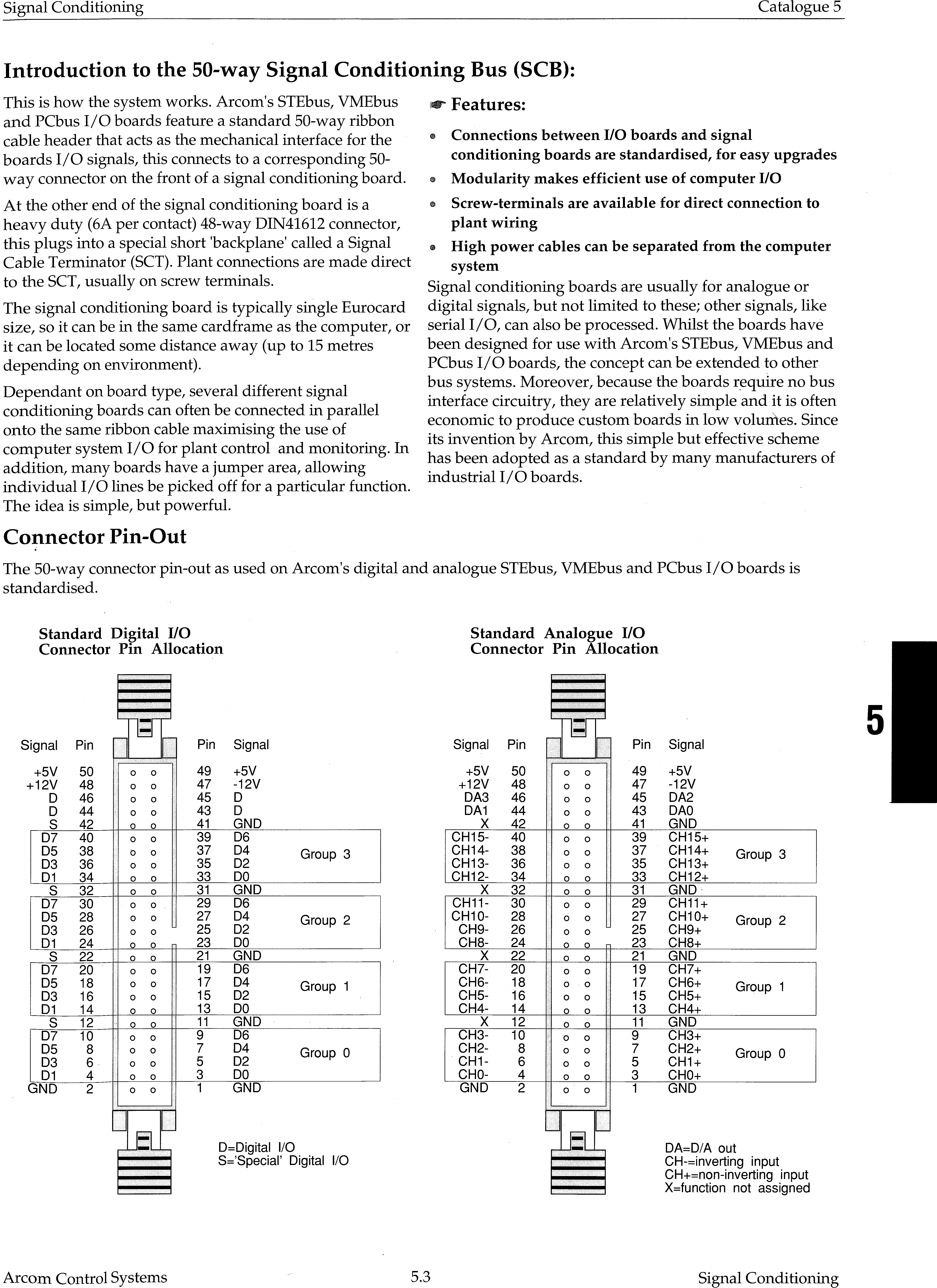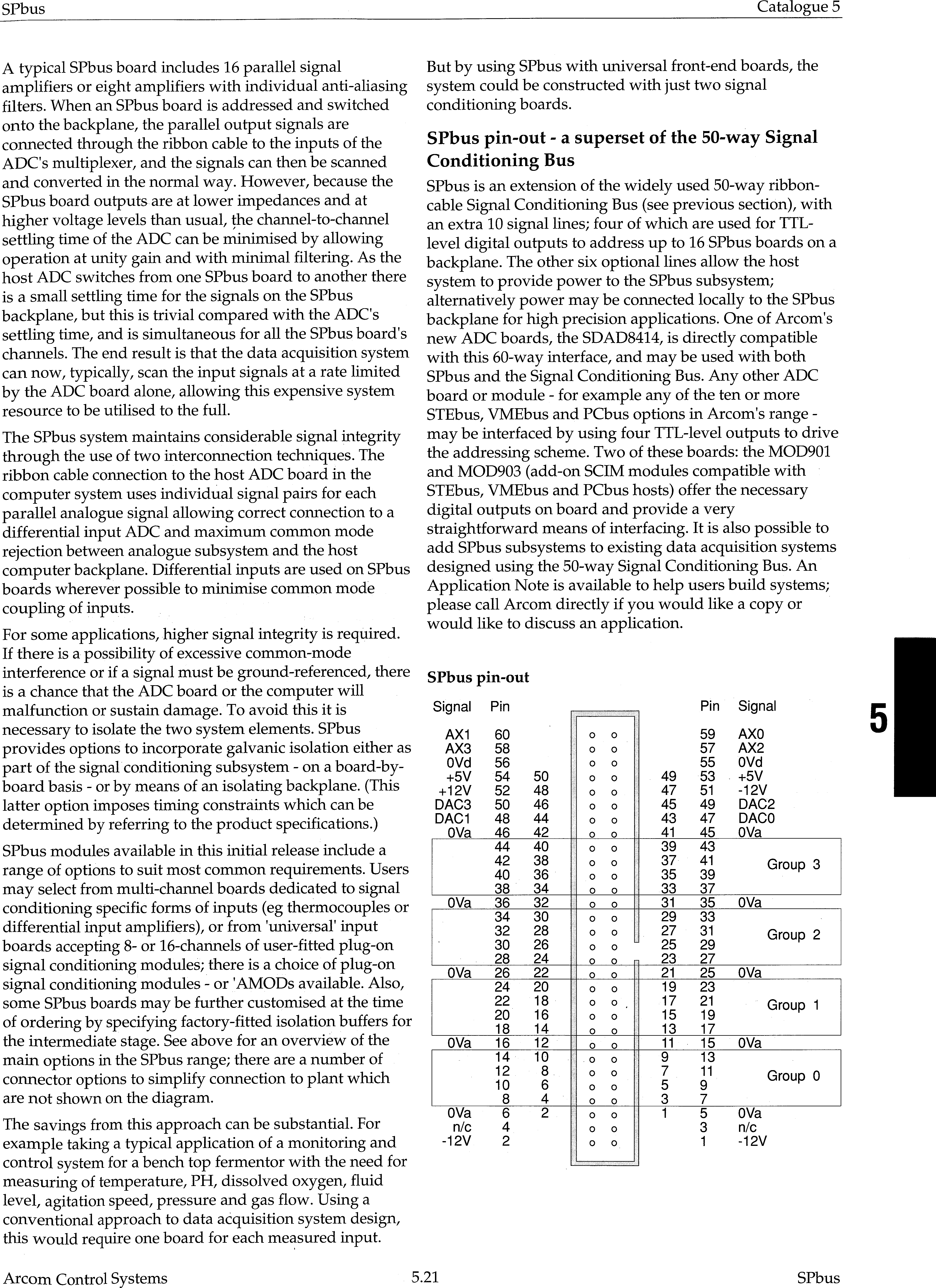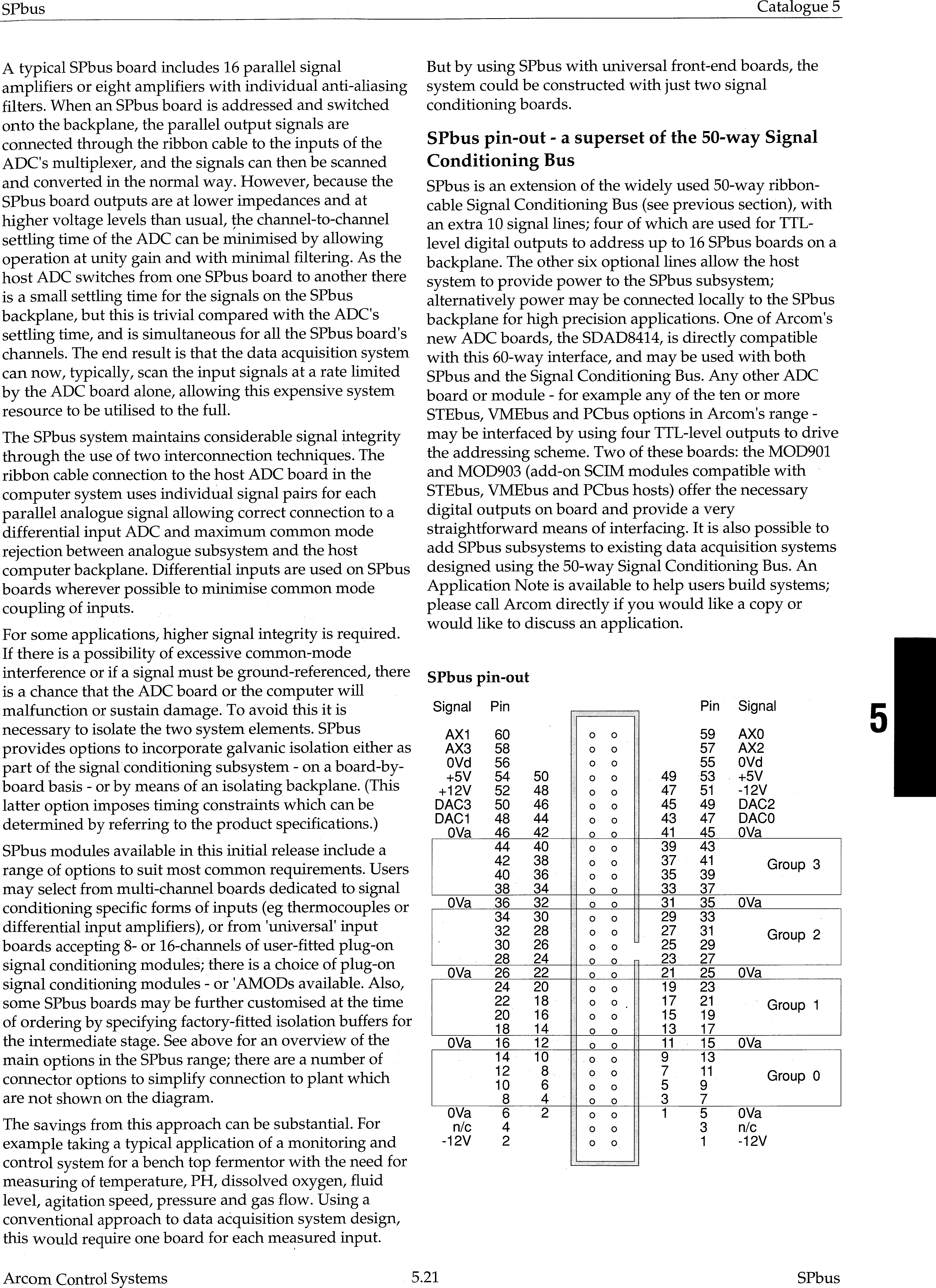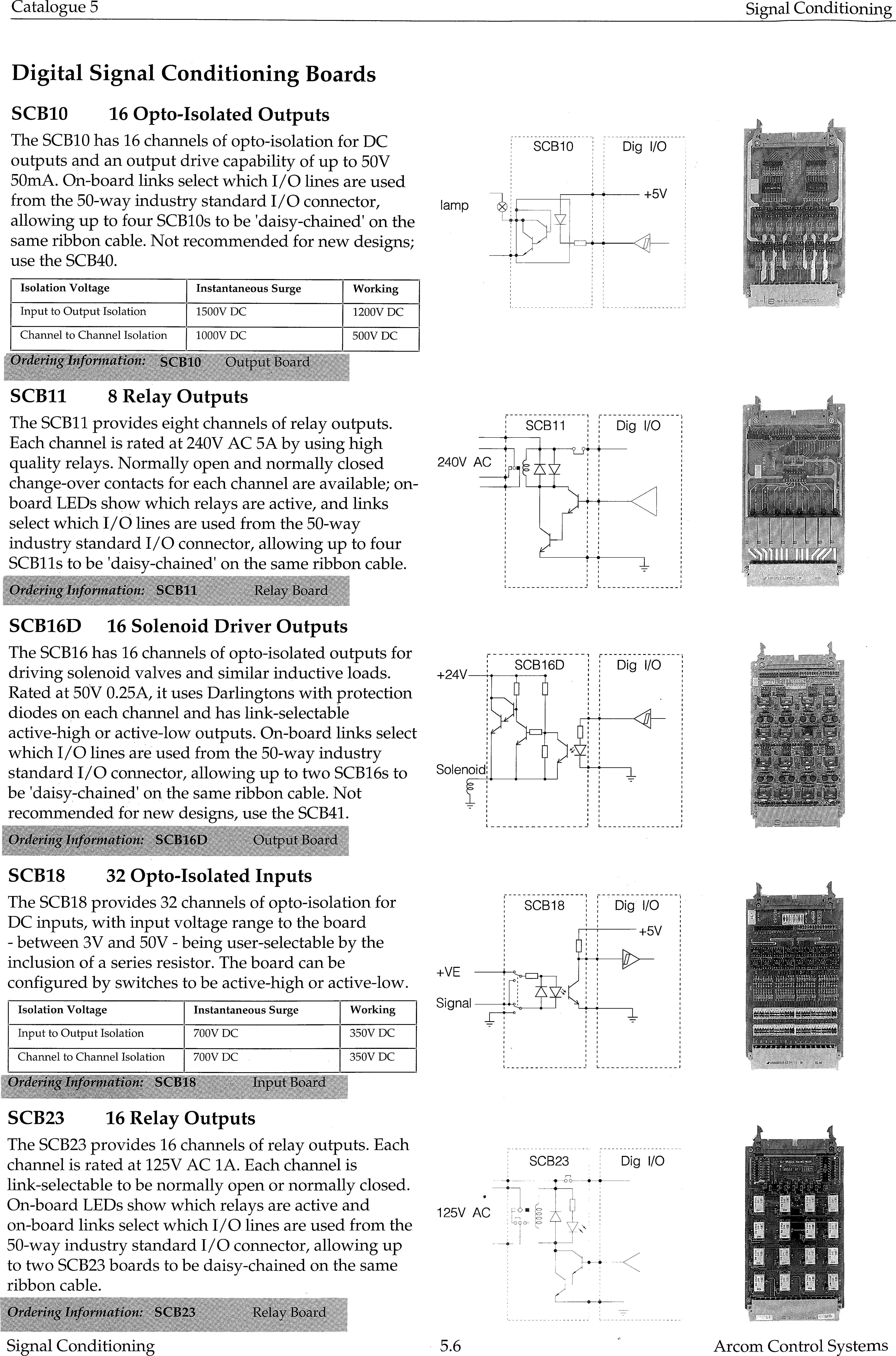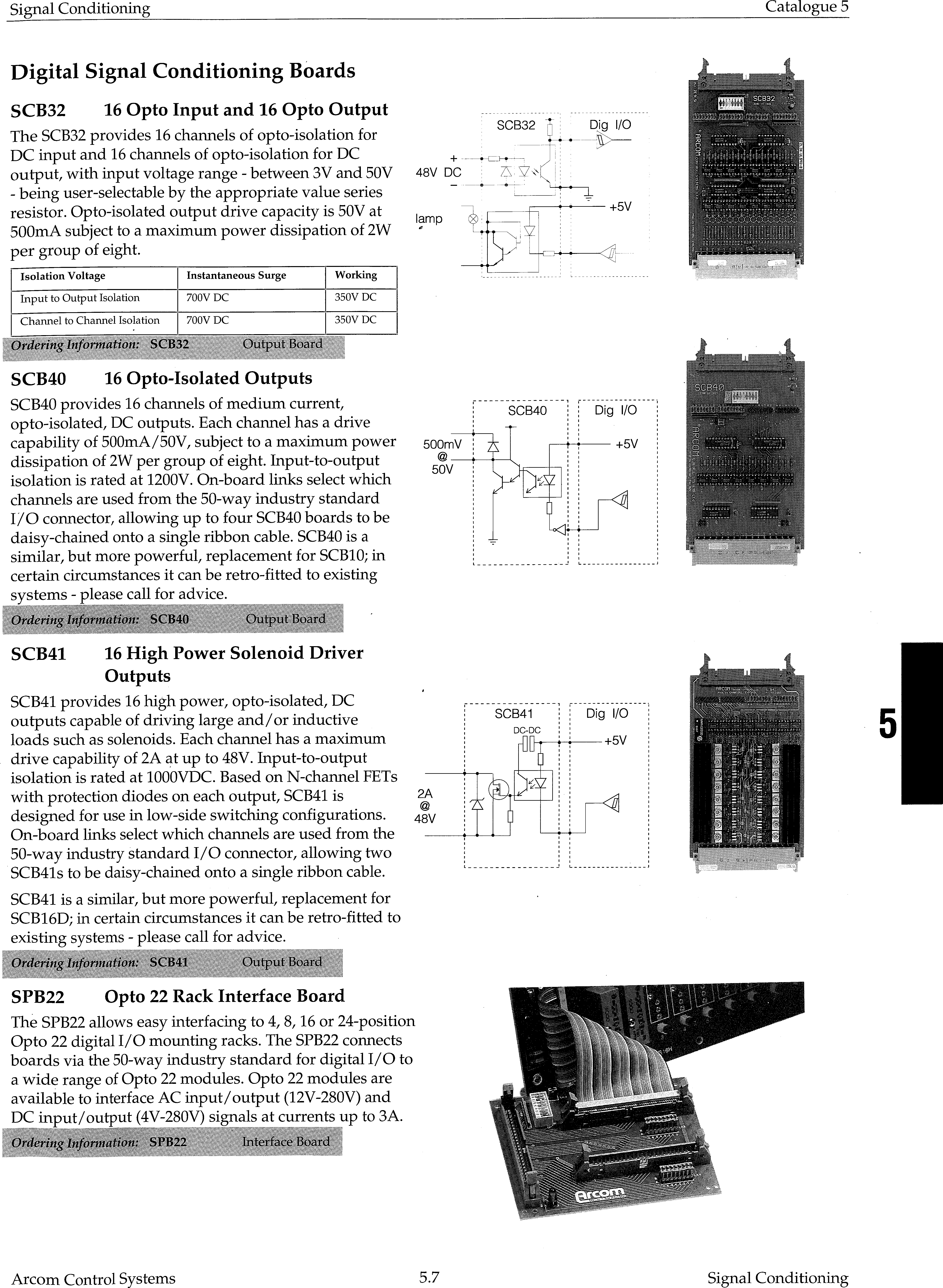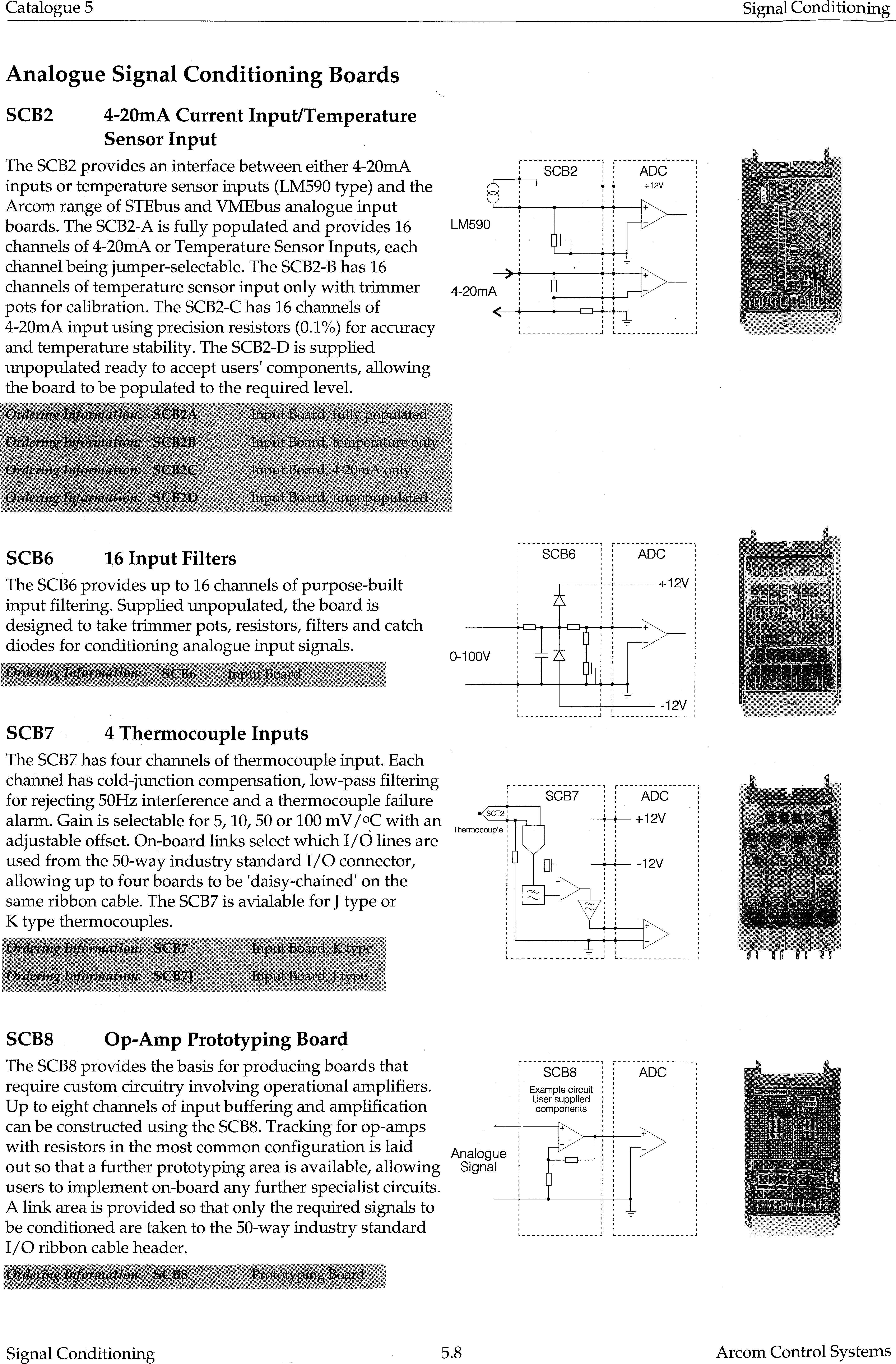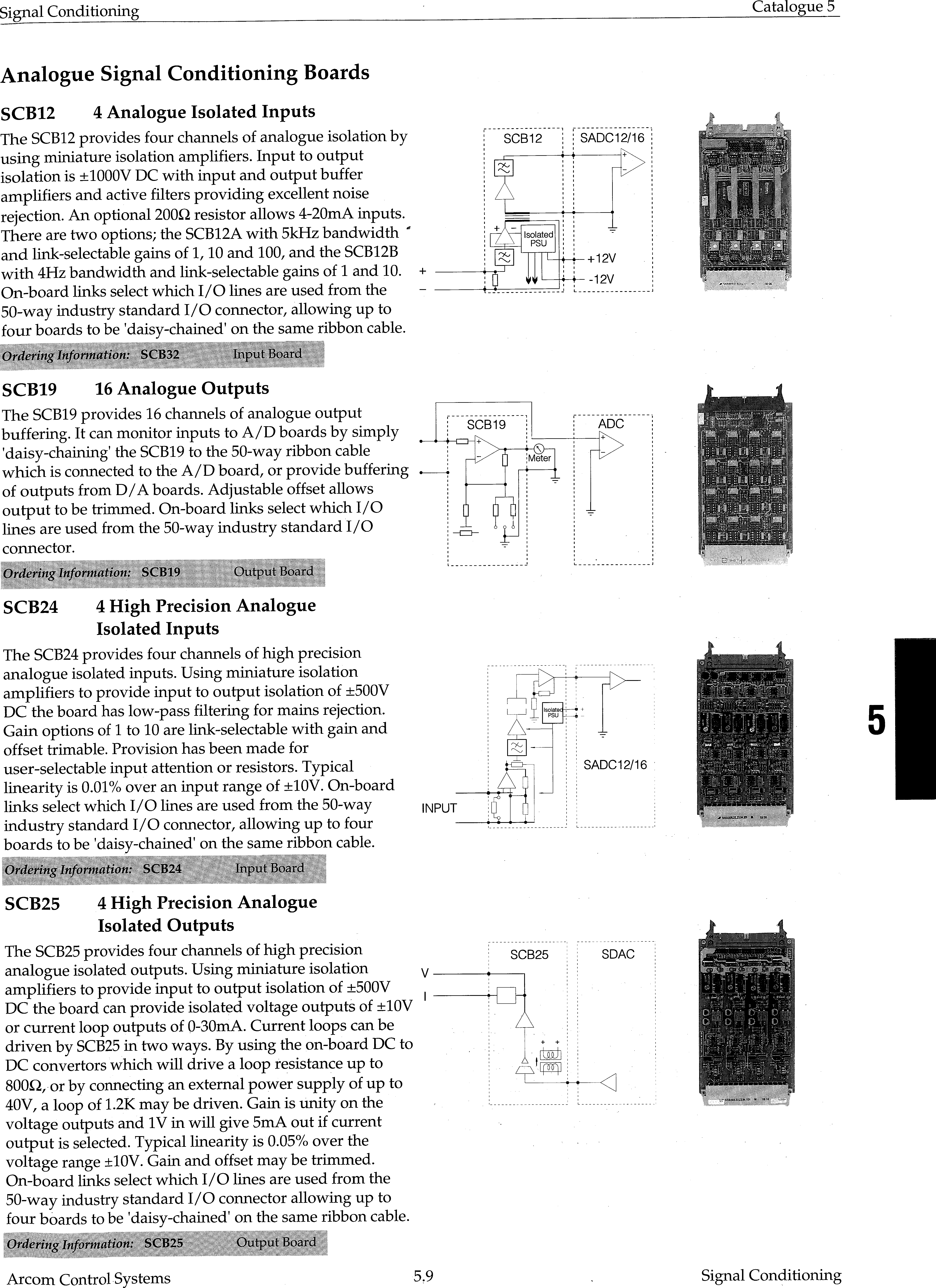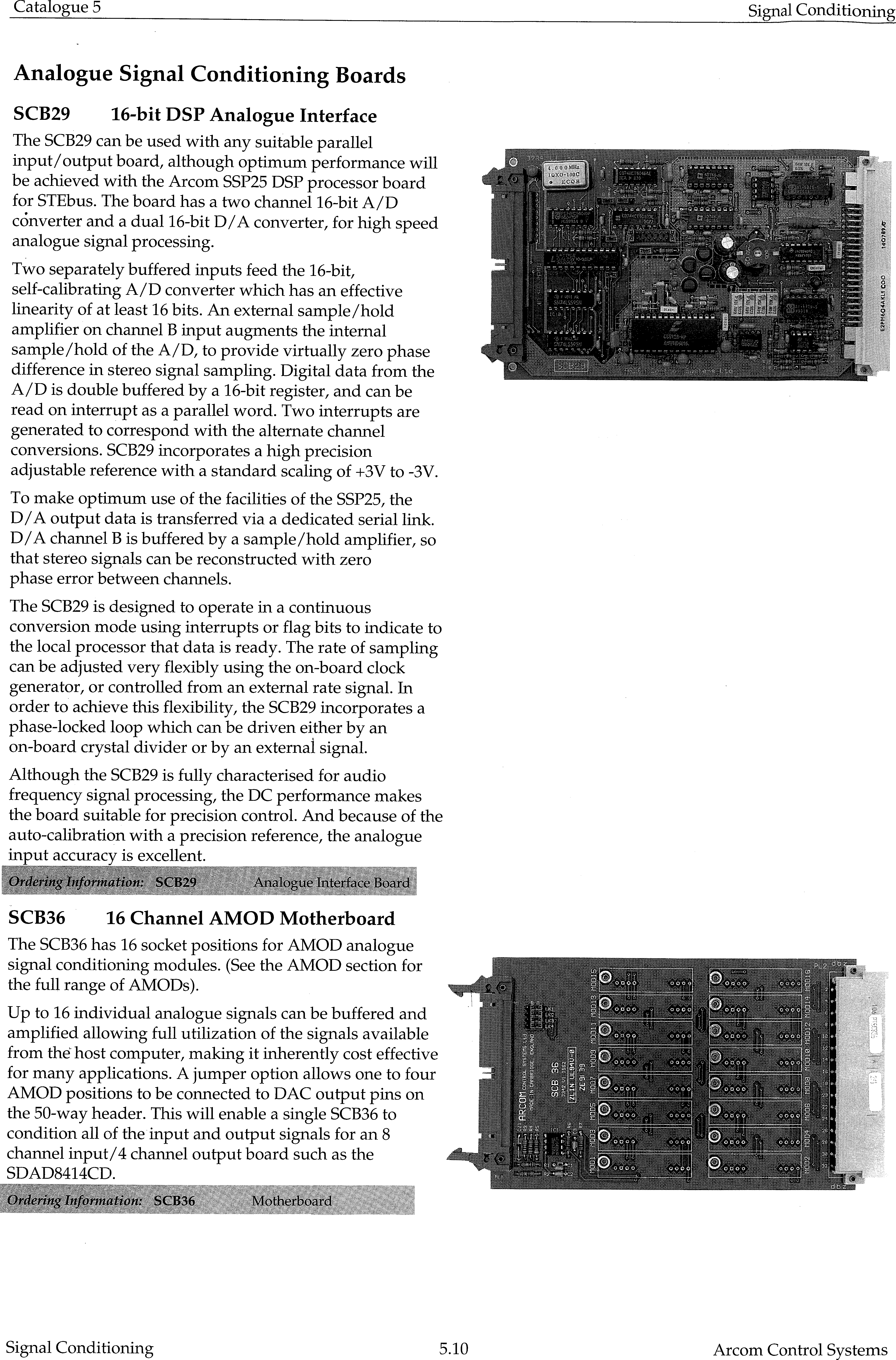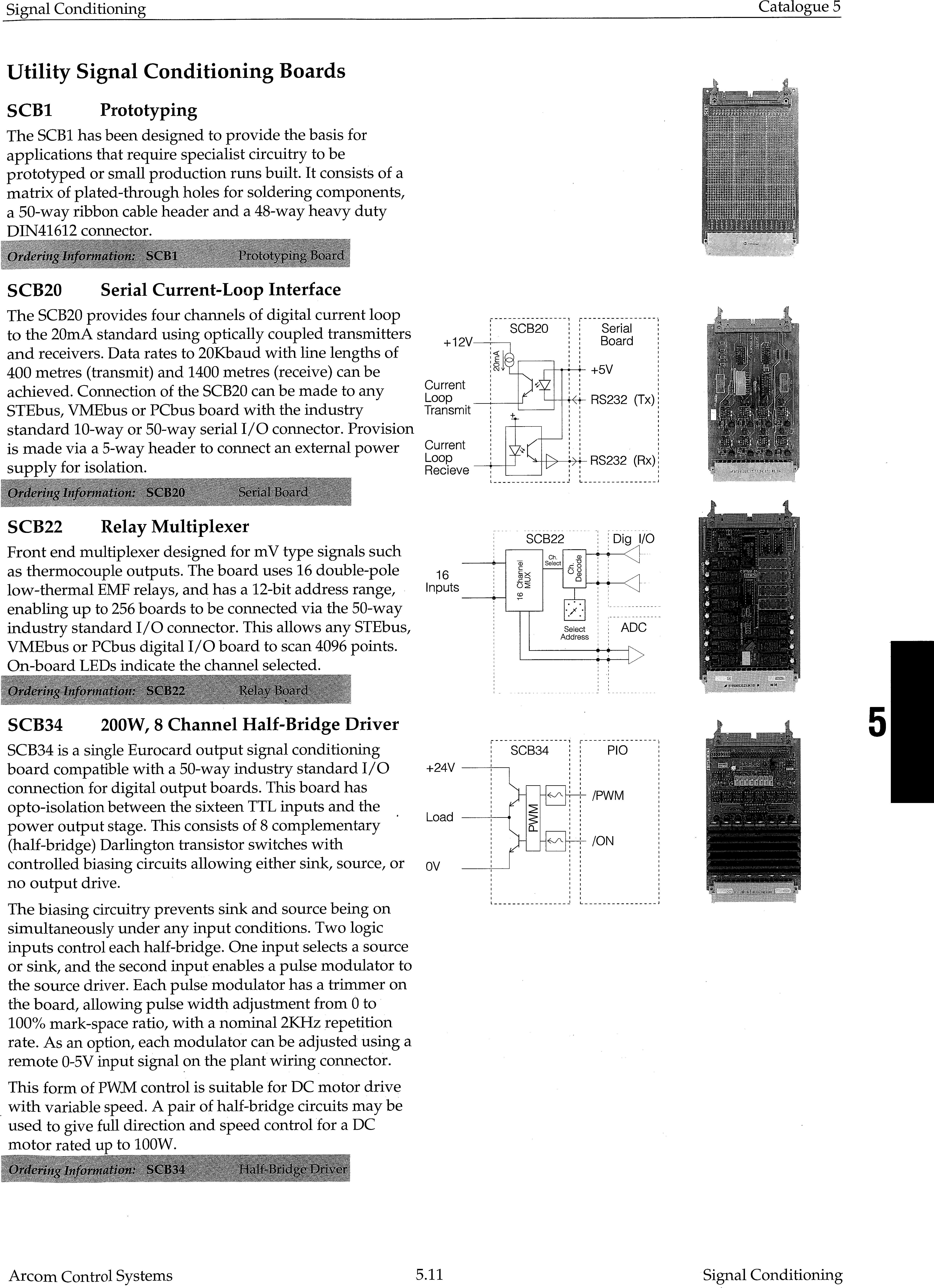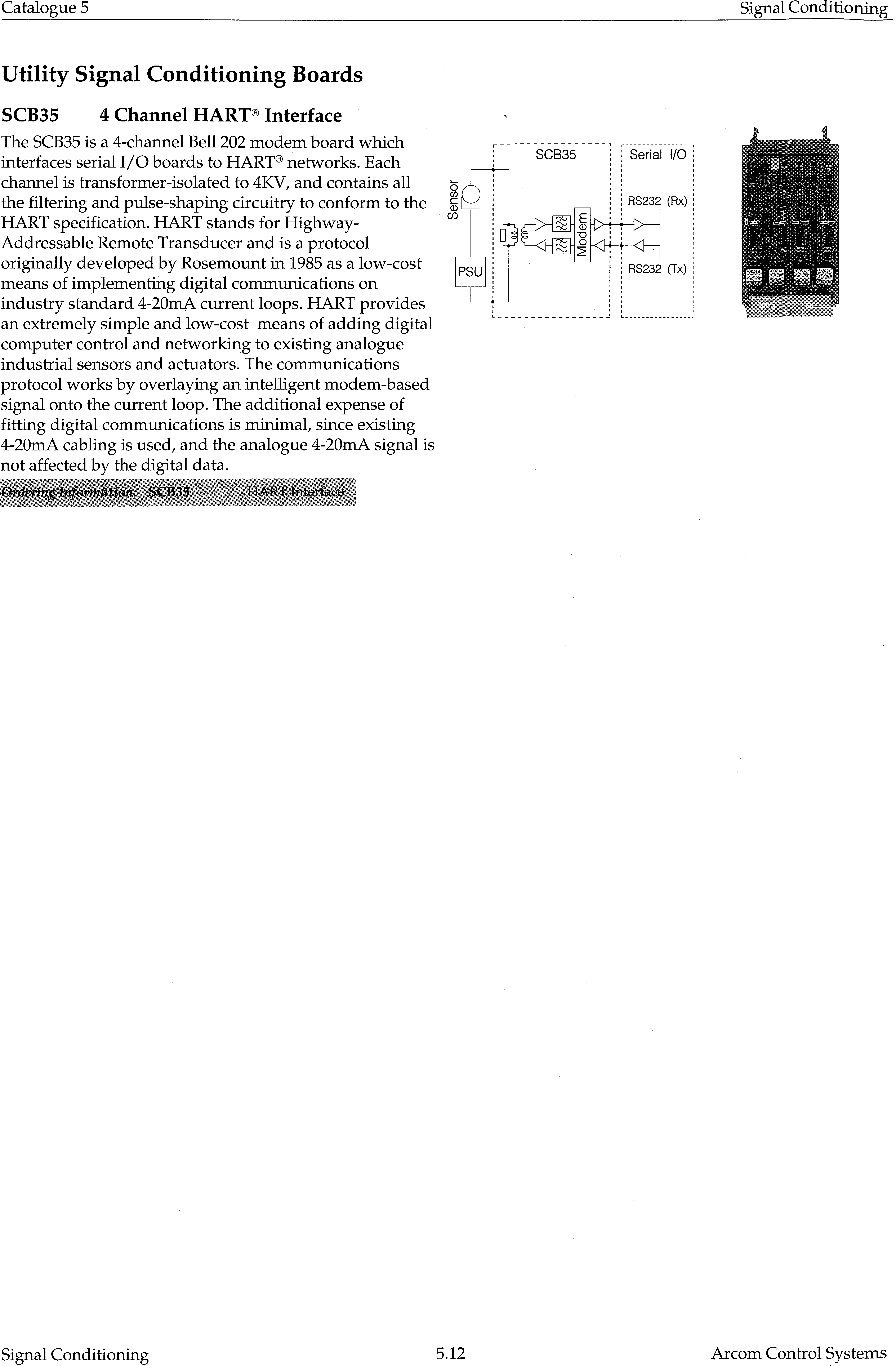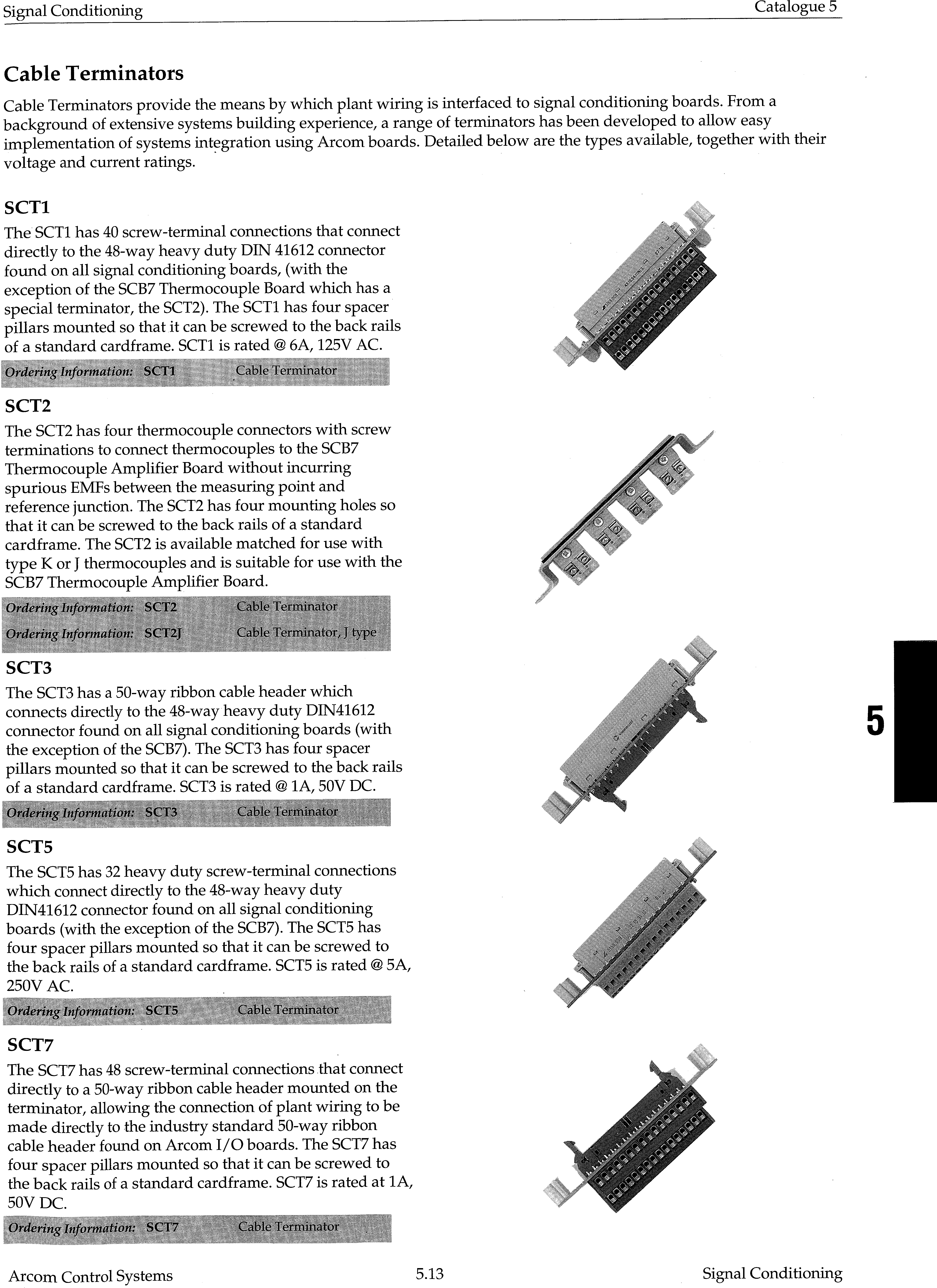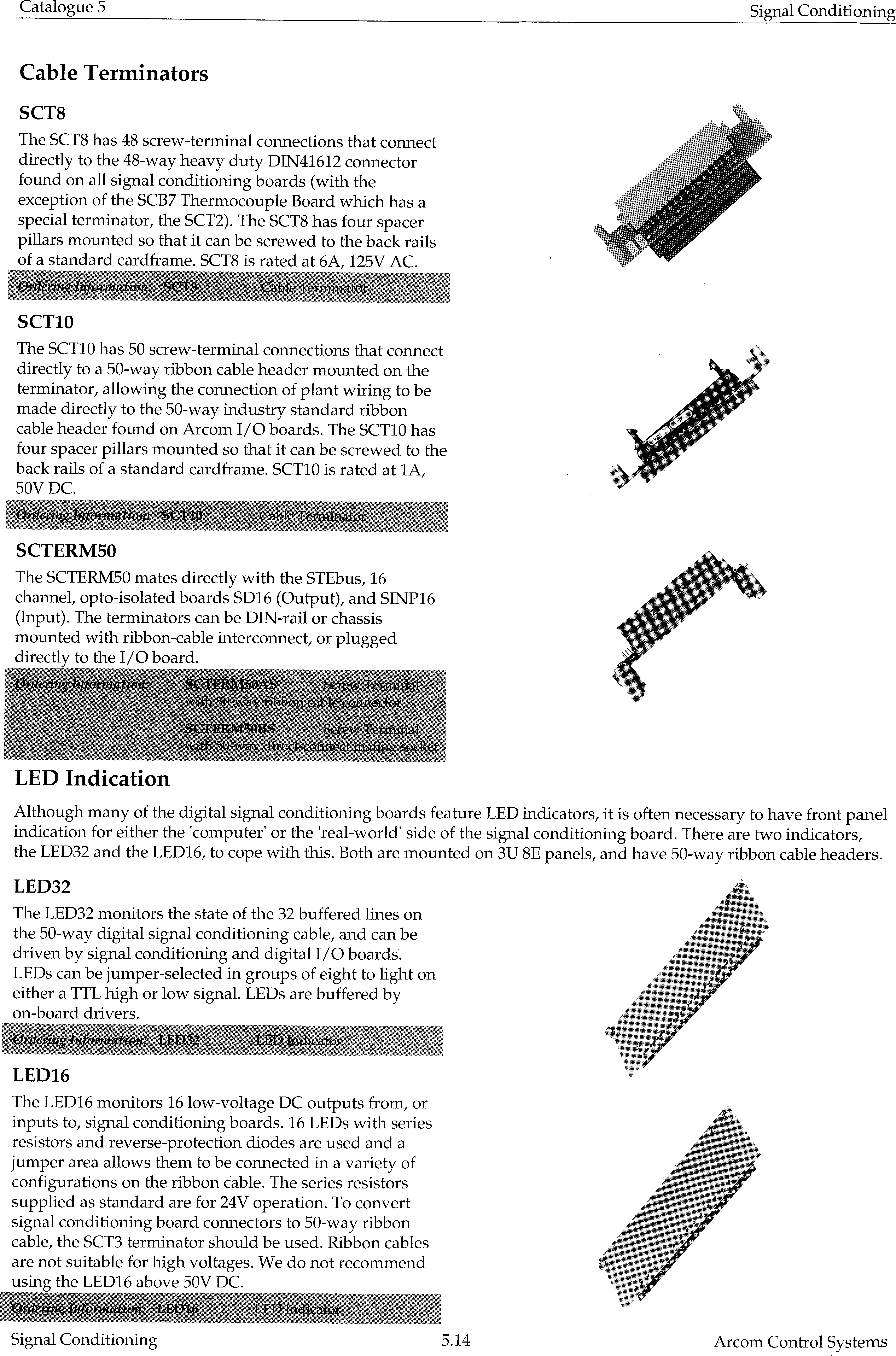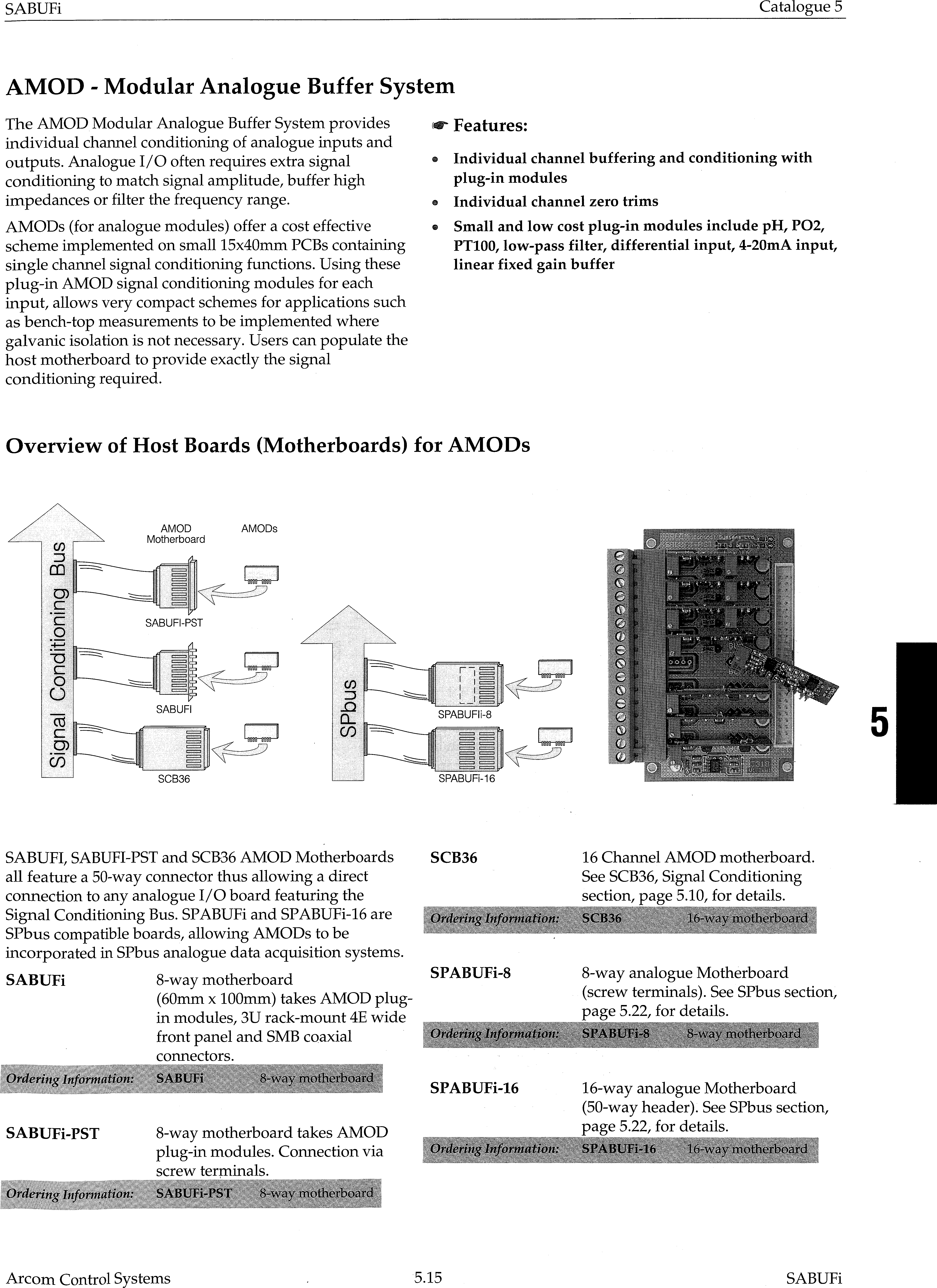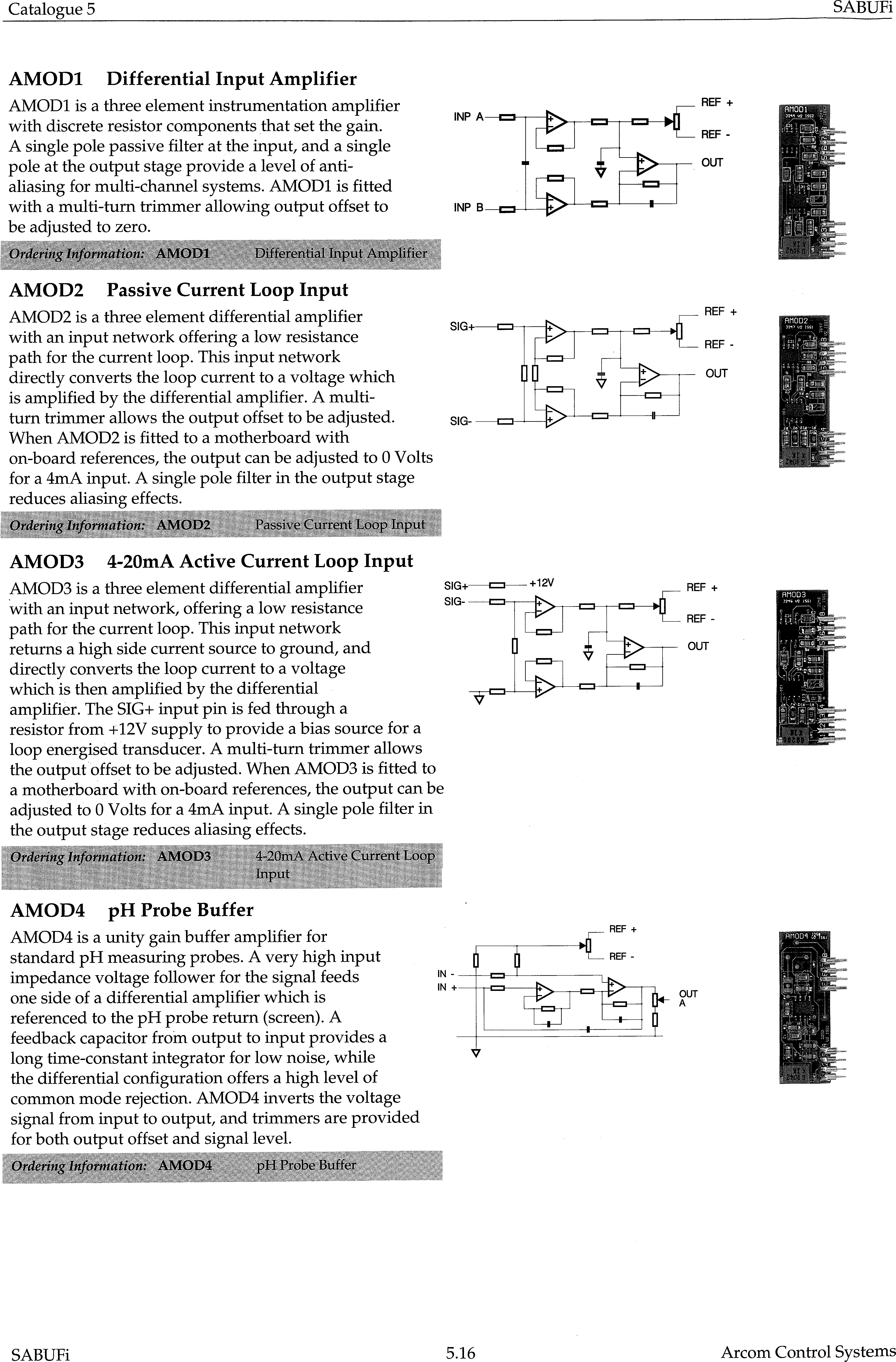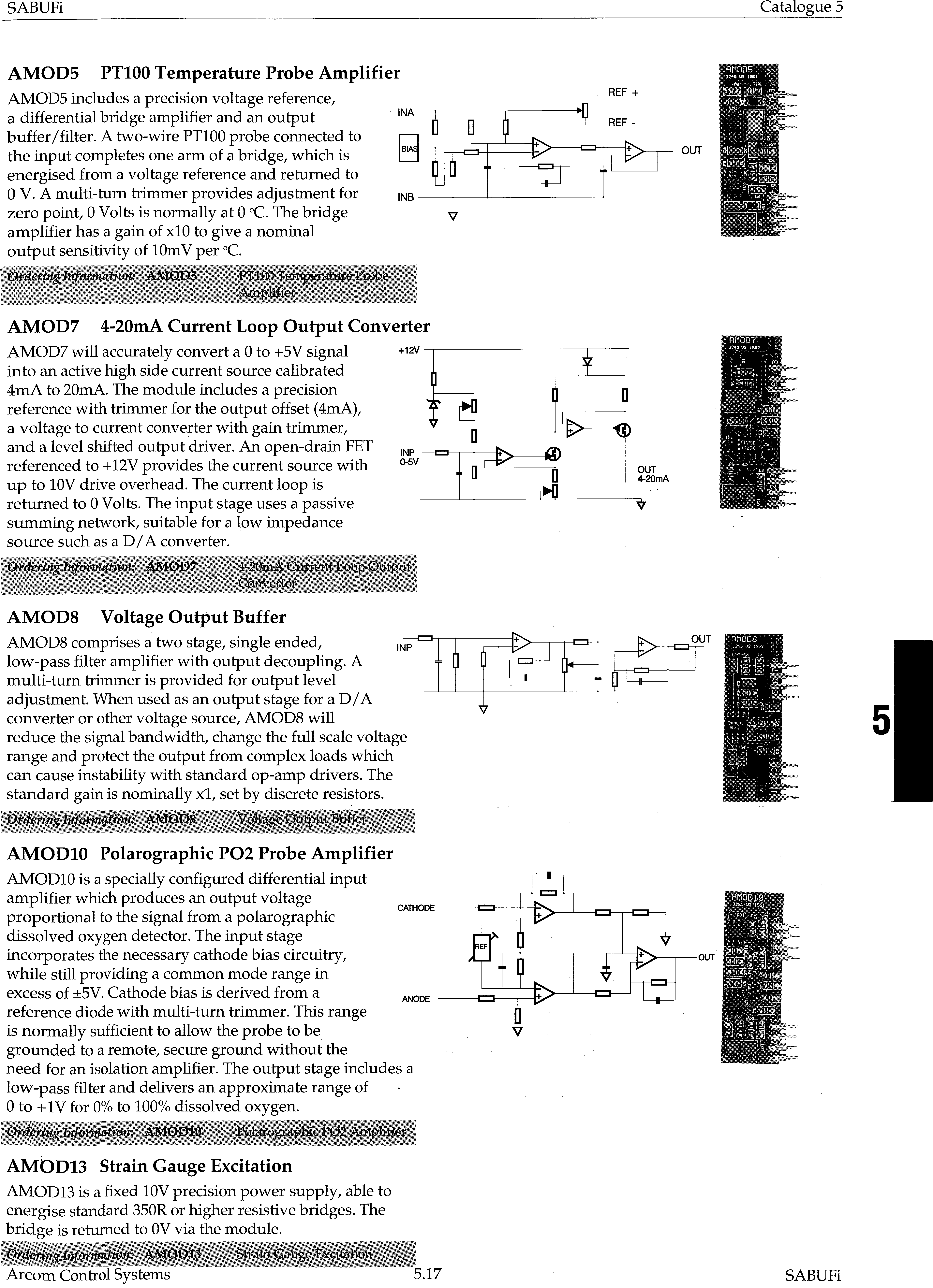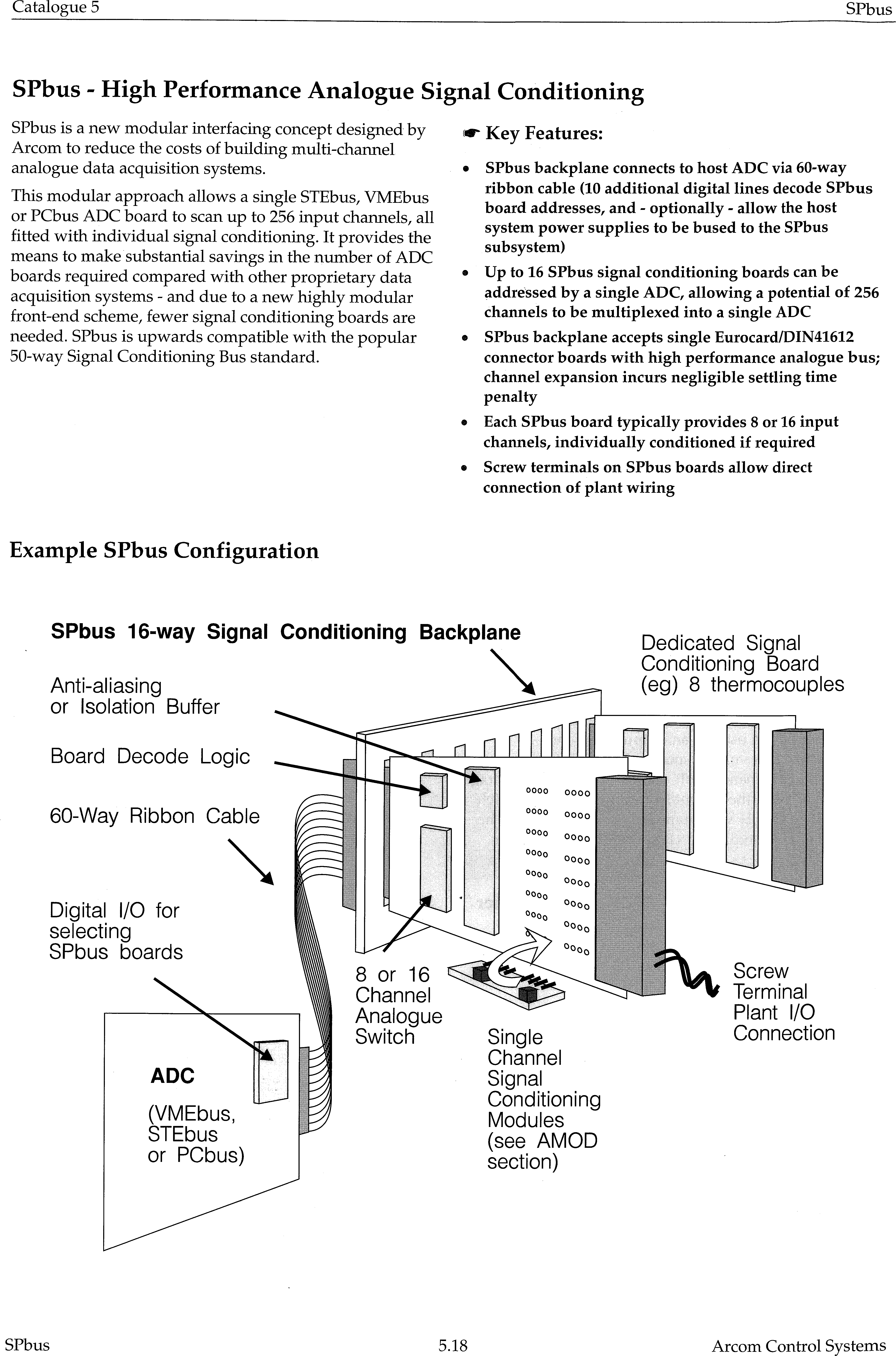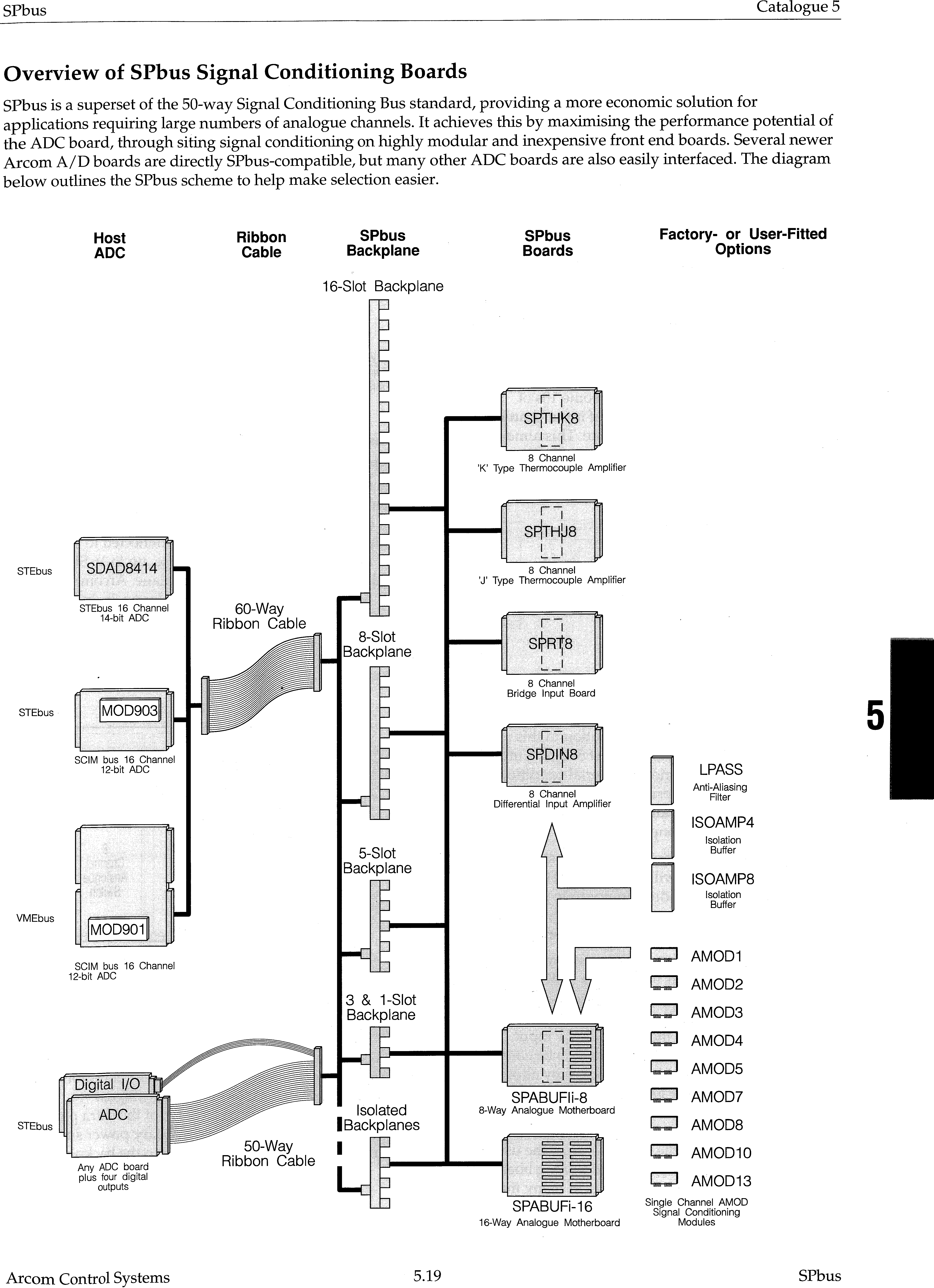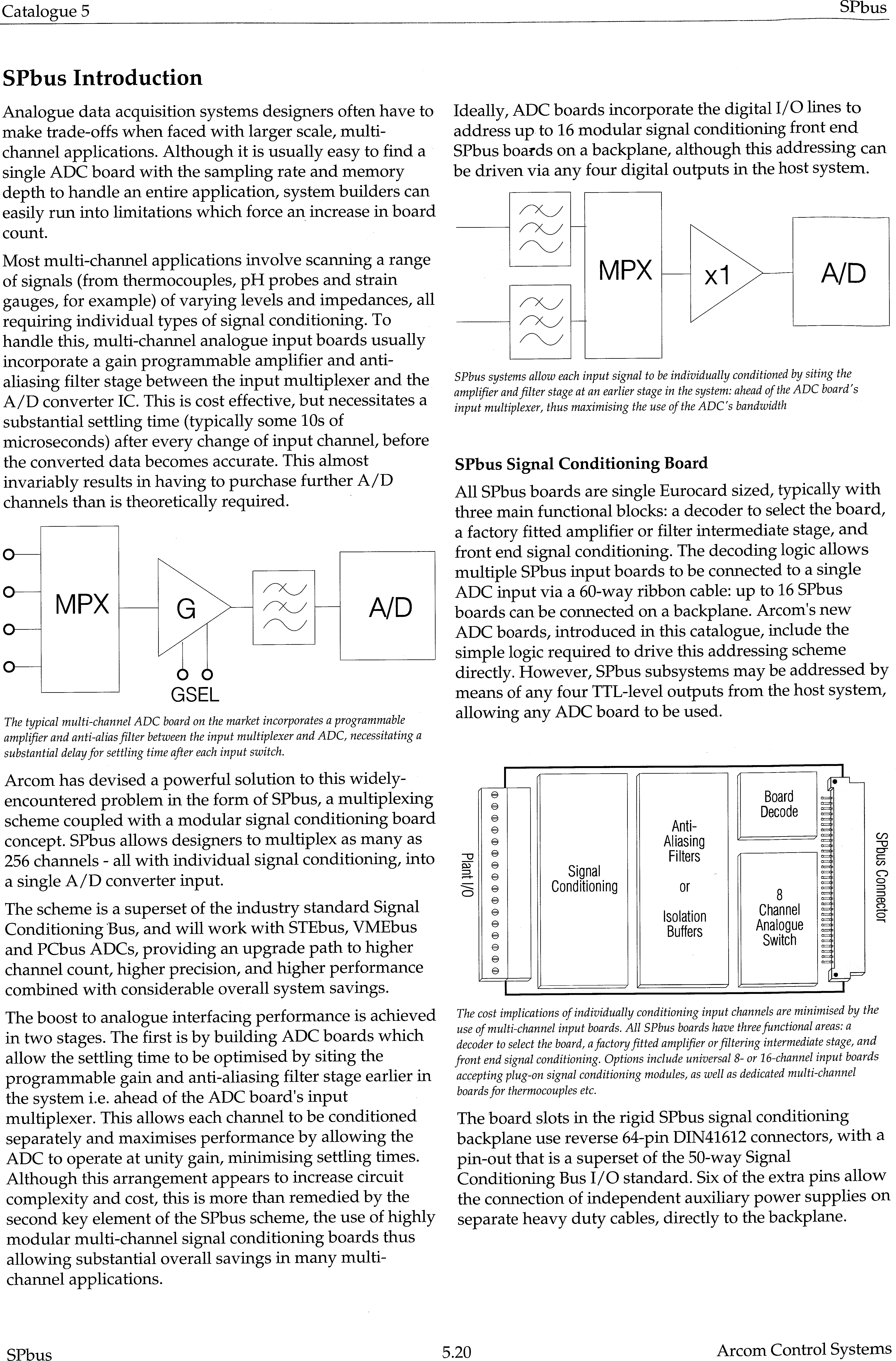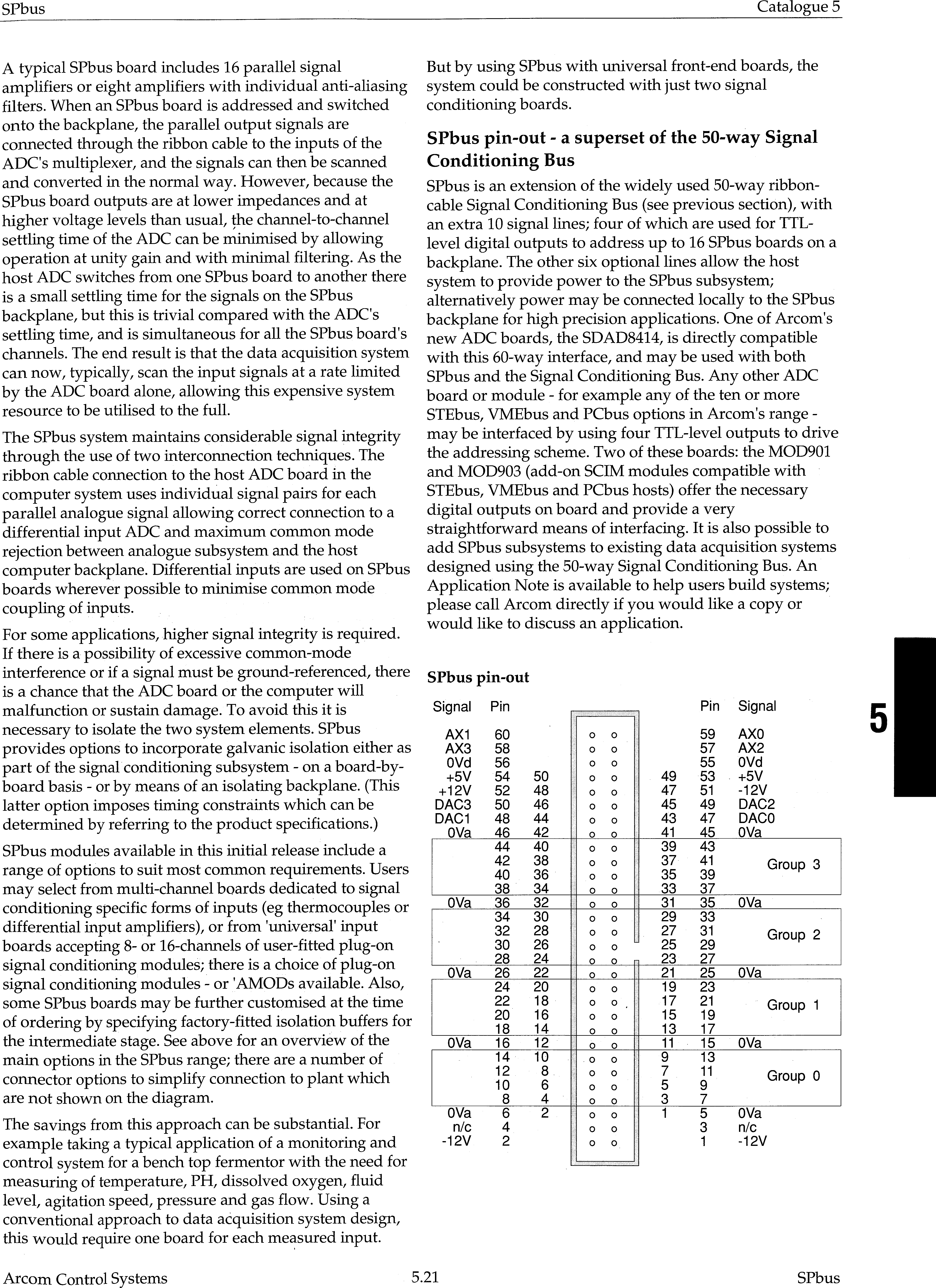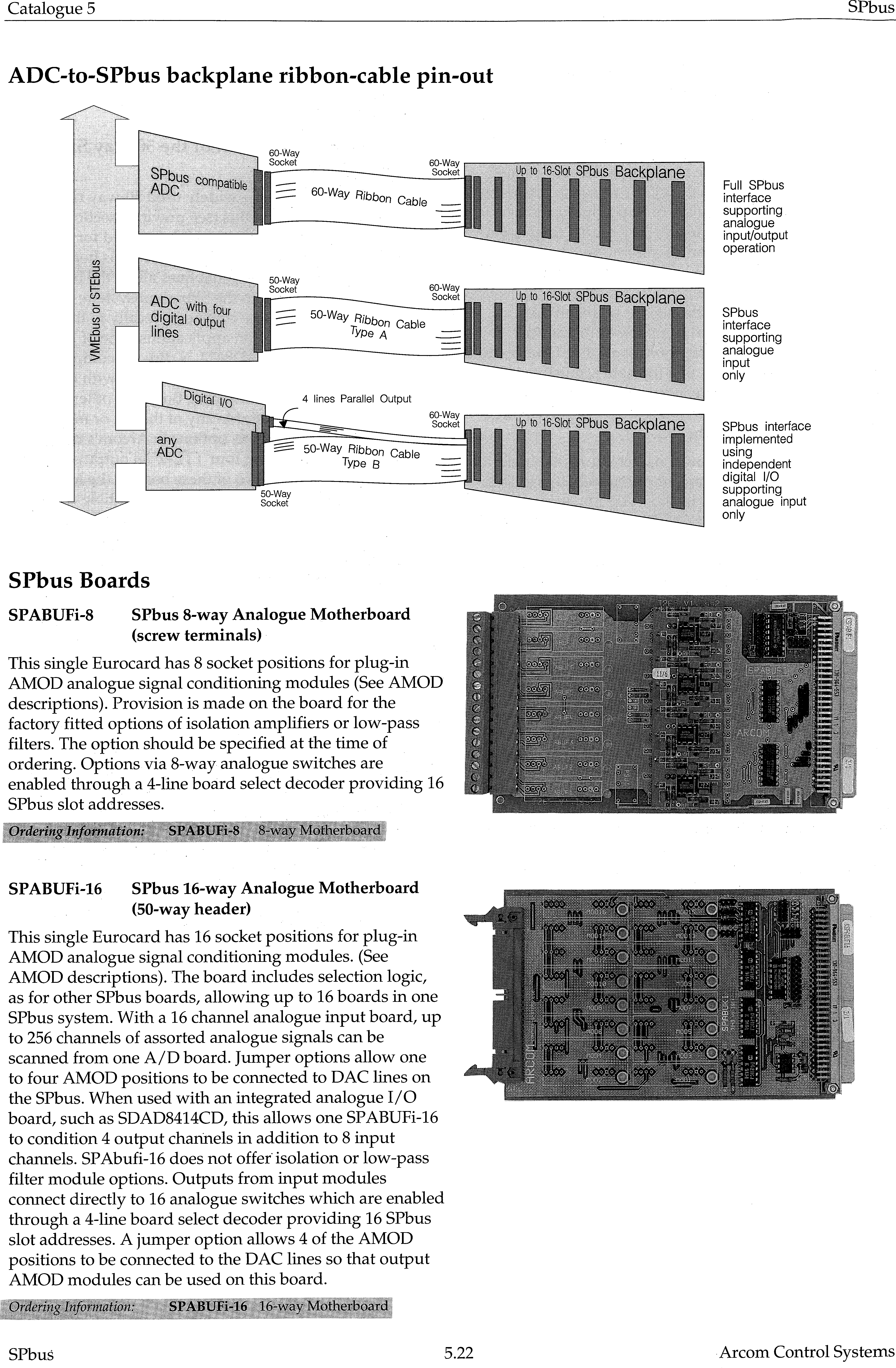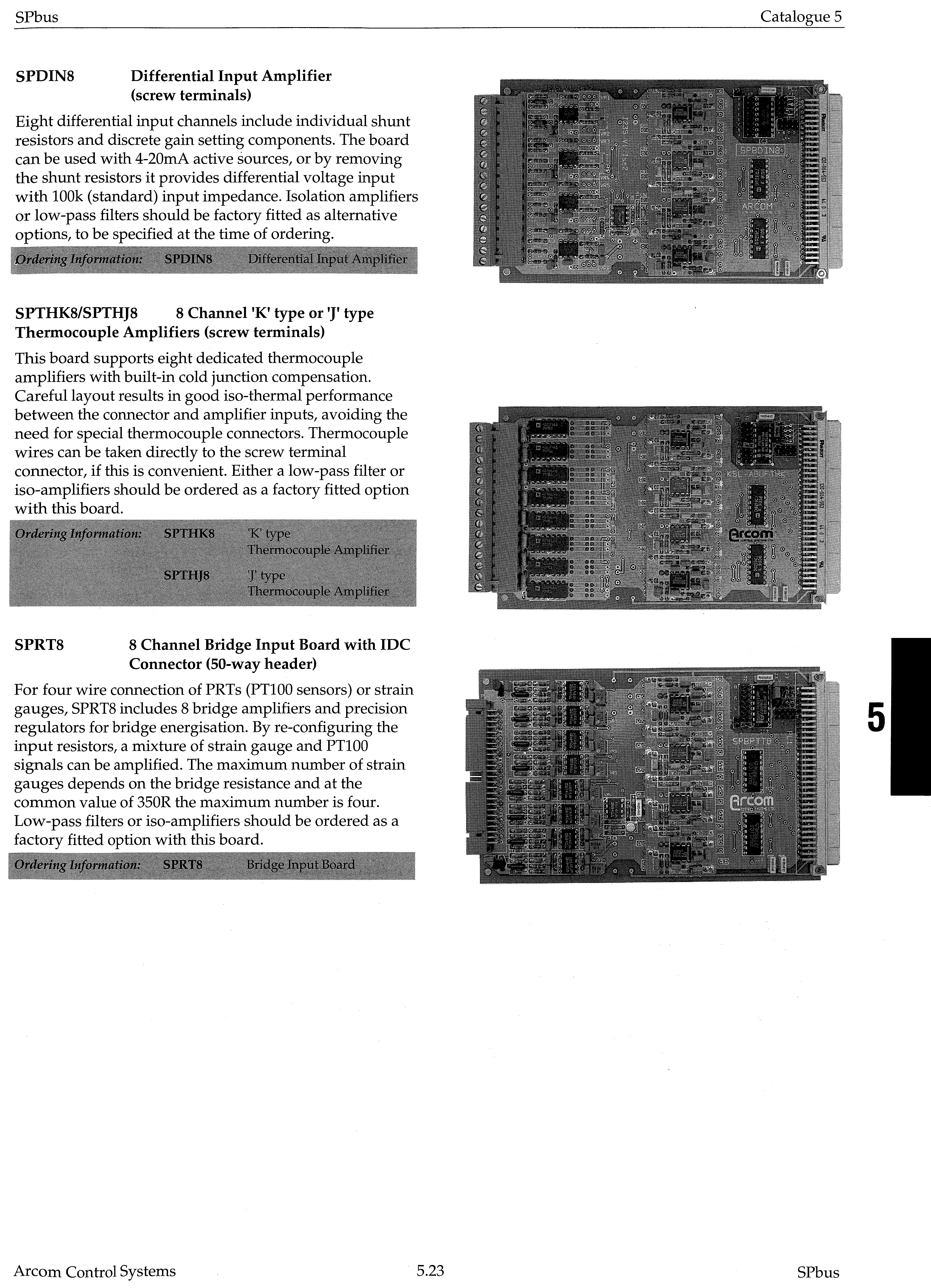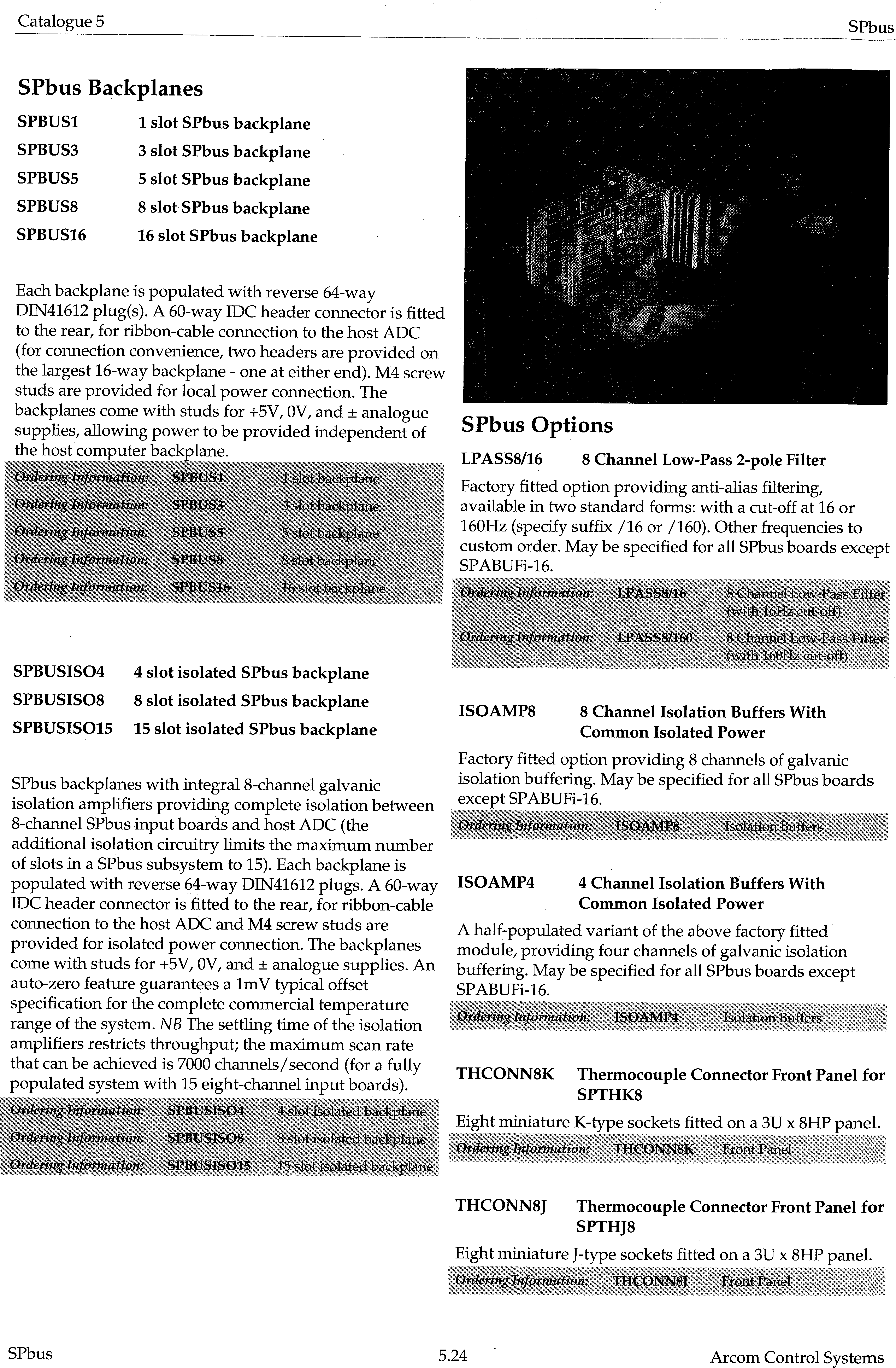-
Opto-22 Connector Pinout
01/01/2024 at 13:58 • 0 commentsThis was defined by Opto-22, an American company who specialised in producing opto-isolated industrial I/O.
Between each signal wire is a ground wire to prevent cross-talk.
My only grumble is that the channel numbering starts from pin 47 and works backware to pin 1. If they had made pin 1 as 5V then the channels would have incremented nicely into wider cables. But it is too late to change now...
![]()
It was such a common standard that Arcom created an adapter board. This routed their four channels to two Opto-22 connectors.
![]()
-
Circuit
12/31/2023 at 21:45 • 0 commentsThis is the proposed circuit. The two I2C to digital I/O chips are connected in their normal fashion, and the I/O pins connect to the Arcom I/O connector pins coloured in the diagram below. Mostly a join-the-dots exercise.
![]() I think the only "loose ends" are the interrupt signals, if used.
I think the only "loose ends" are the interrupt signals, if used.Most signal conditioner boards will assume they can take a fair amount of current from the +5, +12 and -12 volt pins, but of course the I2C master may not be able to supply that. More thought will be required to solve that issue.
-
Design
12/30/2023 at 19:18 • 0 commentsShould be pretty simple, I2C/SPI wires in and the parallel I/O pins simply routed to a 50-way connector.
Pinout shall follow this standard, with the first device driving groups 0 and 1, the second device driving groups 2 and 3.
![]()
I shall omit:
- group 4
- special function pins
- -12V
But I will need:
- +12V if I want to drive my SCB11 relay board
- +5V for most signal conditioner boards
This will be a current supply problem because a USB-to-I2C/SPI board does not supply +12V at all, and the +5V rail does not have a lot of current available - I would guess 100mA or so. The LED32 indicator board will need about 400mA just to power all the LEDs on.
Some external power supply will thus be needed.
-
SCB18 32-channel opto-isolated inputs
12/30/2023 at 18:23 • 0 commentsThe SCB18 provides 32 channels of opto-isolation for DC inputs, with input voltage range to the board -between 3V and 50V - being user-selectable by the inclusion of a series resistor. The board can be configured by switches to be active-high or active-low.
Isolation Voltage Instantaneous Surge Working Input to Output Isolation 700V DC 350V DC Channel to Channel Isolation 700V DC 350V DC
Each channel has a 270R resistor limiting the LED current, and the phototransistor collectors are pulled up by 4k7 resistor packs:
![]()
![]()
-
SCB11 eight-channel SPDT relay output board
12/30/2023 at 18:14 • 0 commentsThe SCB11 provides eight channels of relay outputs. Each channel is rated at 240V AC 5A by using high quality relays. Normally-open and normally-closed change-over contacts for each channel are available; on-board LEDs show which relays are active, and links select which I/O lines are used from the 50-way industry standard I/O connector, allowing up to four SCB11s to be 'daisy-chained' on the same ribbon cable.
It has an alternative, much smaller connector which carries the 8 control signals plus 0V and 5V.
It is a very simple board, just a ULN2803 Darlington driver switching some relays.
![]()
![]()
-
LED32 front panel indicator
12/30/2023 at 18:05 • 0 commentsThis will be very useful, showing the signal activity.
The LEDs can be lit when signals are high or low, in groups of eight.
![]()
![]()
Those chips are 74LS86 XOR gates.
-
Signal Conditioning Board catalogue pages
12/30/2023 at 17:52 • 0 commentsHere are catalogue pages for the some of the many signal conditioning boards that were made.
Arcom originally designed a 50-way connector pinout, but another company made a 60-way superset which they named the Signal Processing bus.
If designing new boards, I would use the 60-way connector because has an even number of pins either side of the board centre line. If using the 50-way connector, place it sits in the subset of the 60-way connector. This will not be symmetrical about the centre line, but that helps keep cabling between the two types free of bends.
![]()
![]()
![]()
![]()
![]()
![]()
![]()
![]()
![]()
![]()
![]()
![]()
![]()
![]()
![]()
![]()
![]()
![]()
![]()
![]()
![]()
![]()
![]()
![]()
I2C interface to industrial digital I/O boards
Connecting I2C I/O chips to an industrial standard I/O connector
 Keith
Keith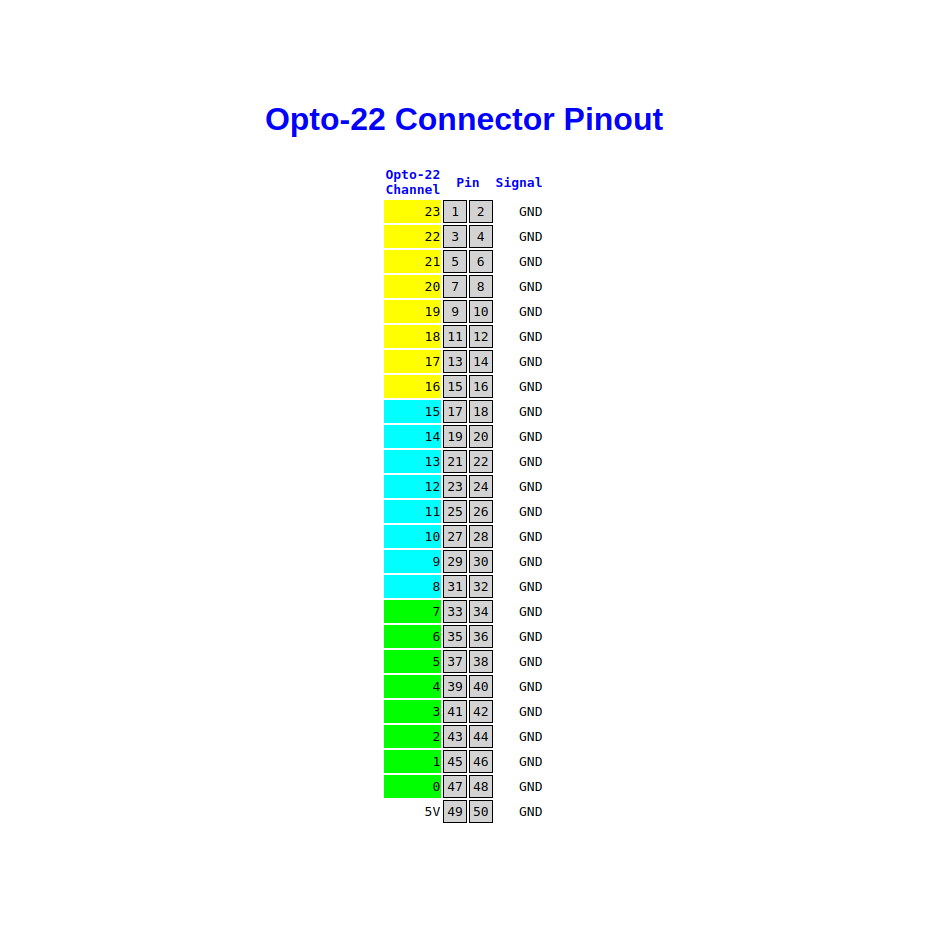
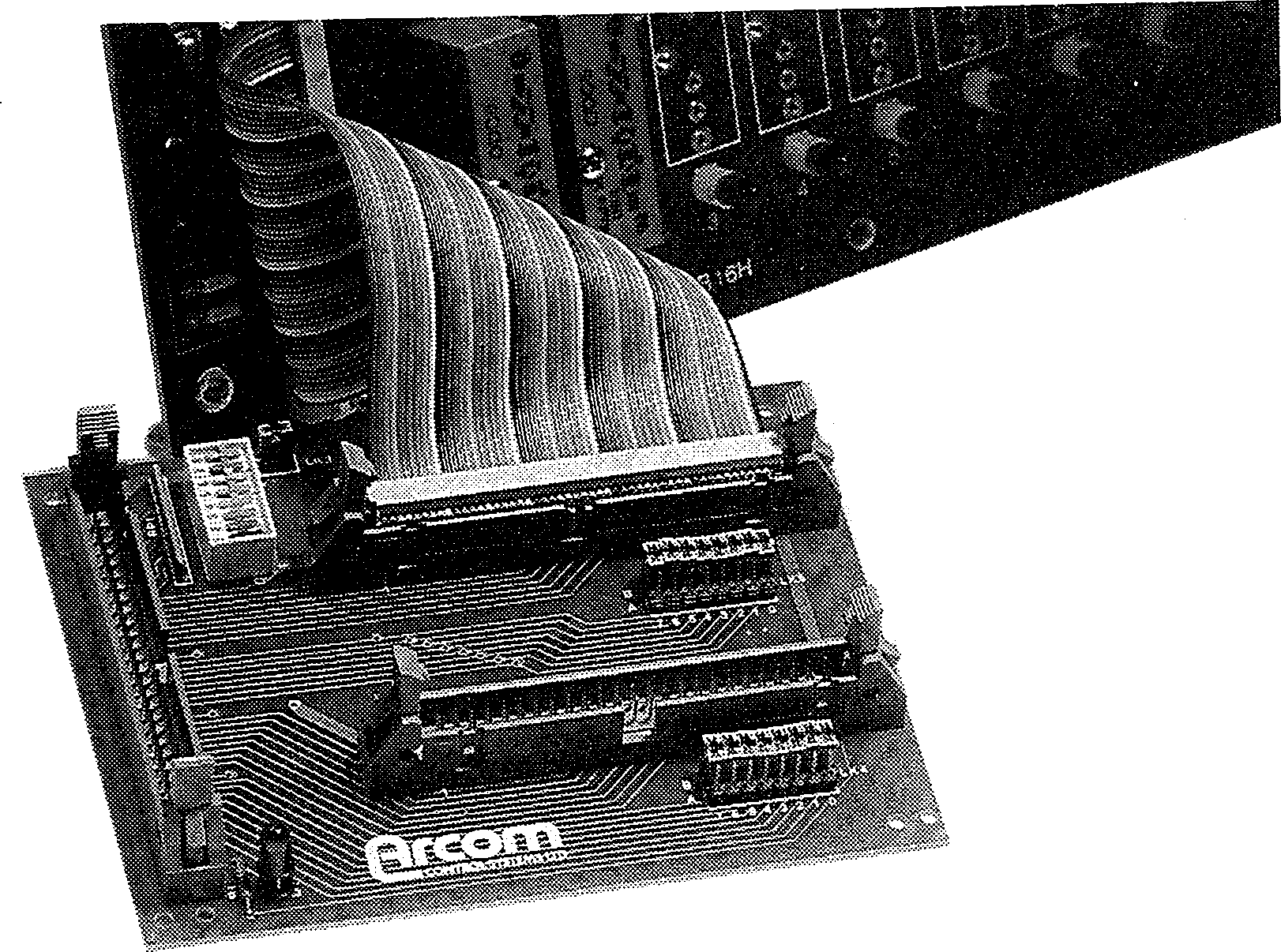
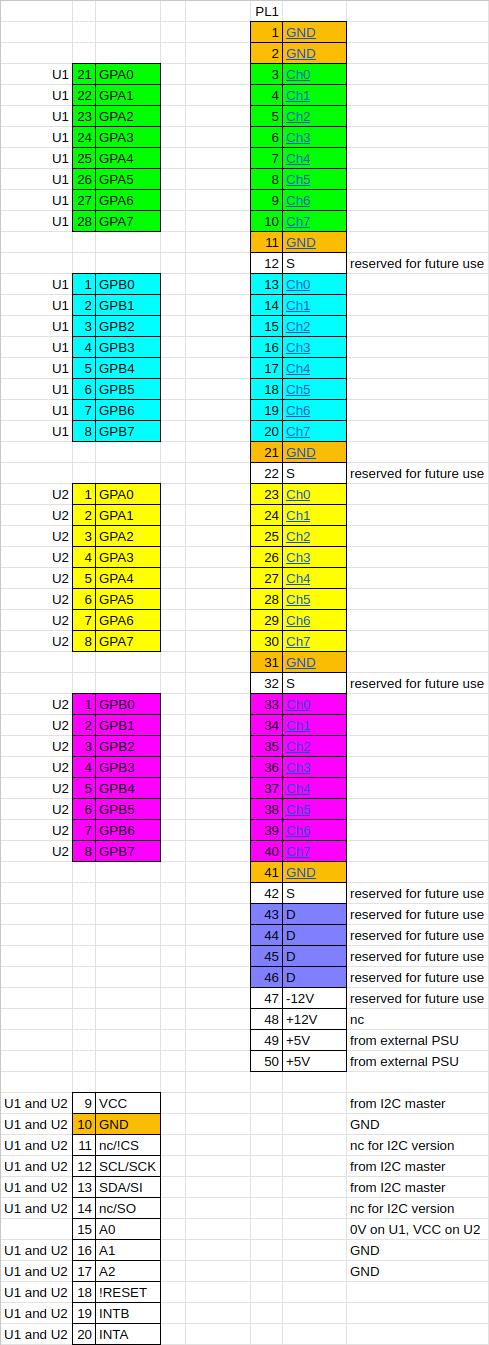 I think the only "loose ends" are the interrupt signals, if used.
I think the only "loose ends" are the interrupt signals, if used.